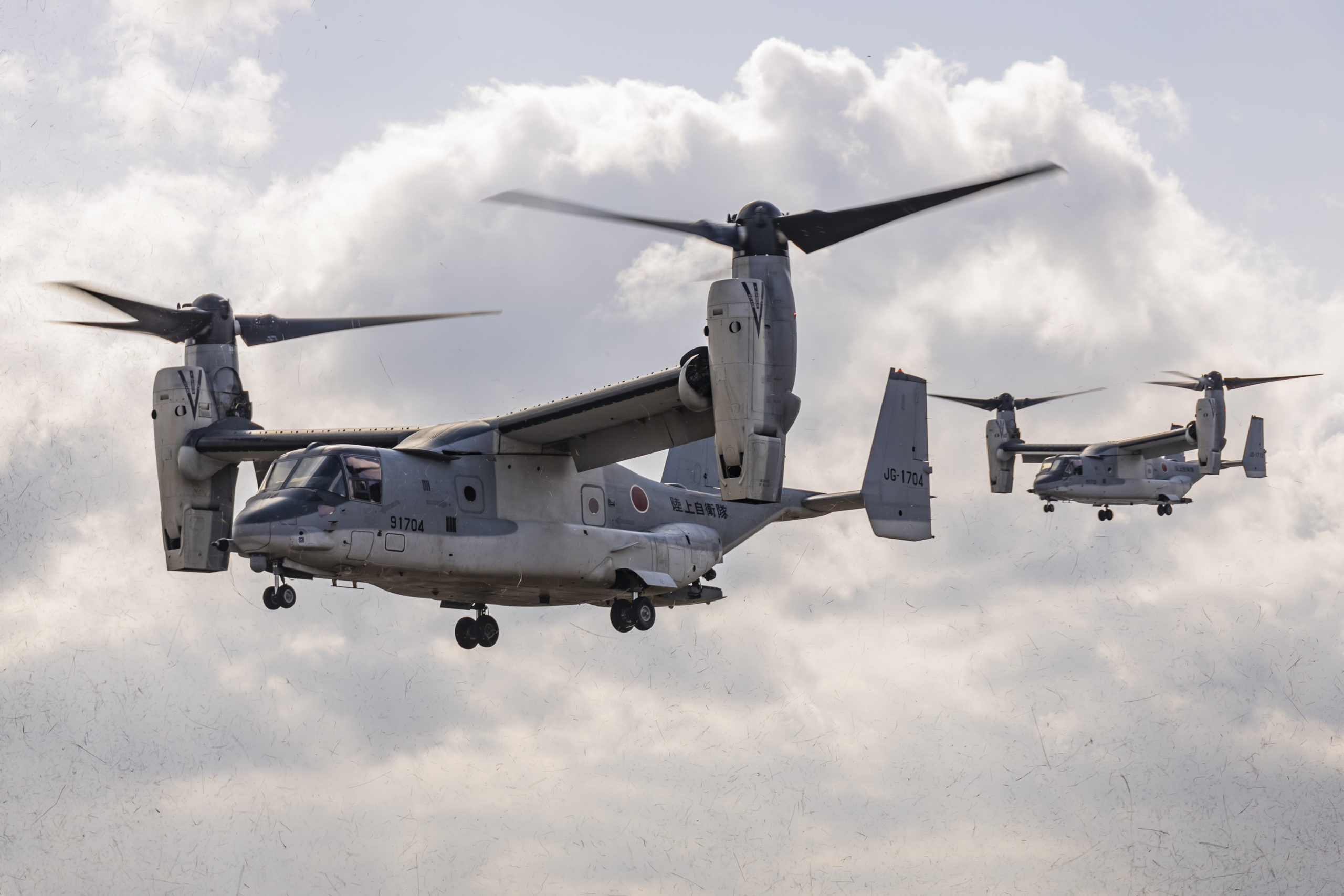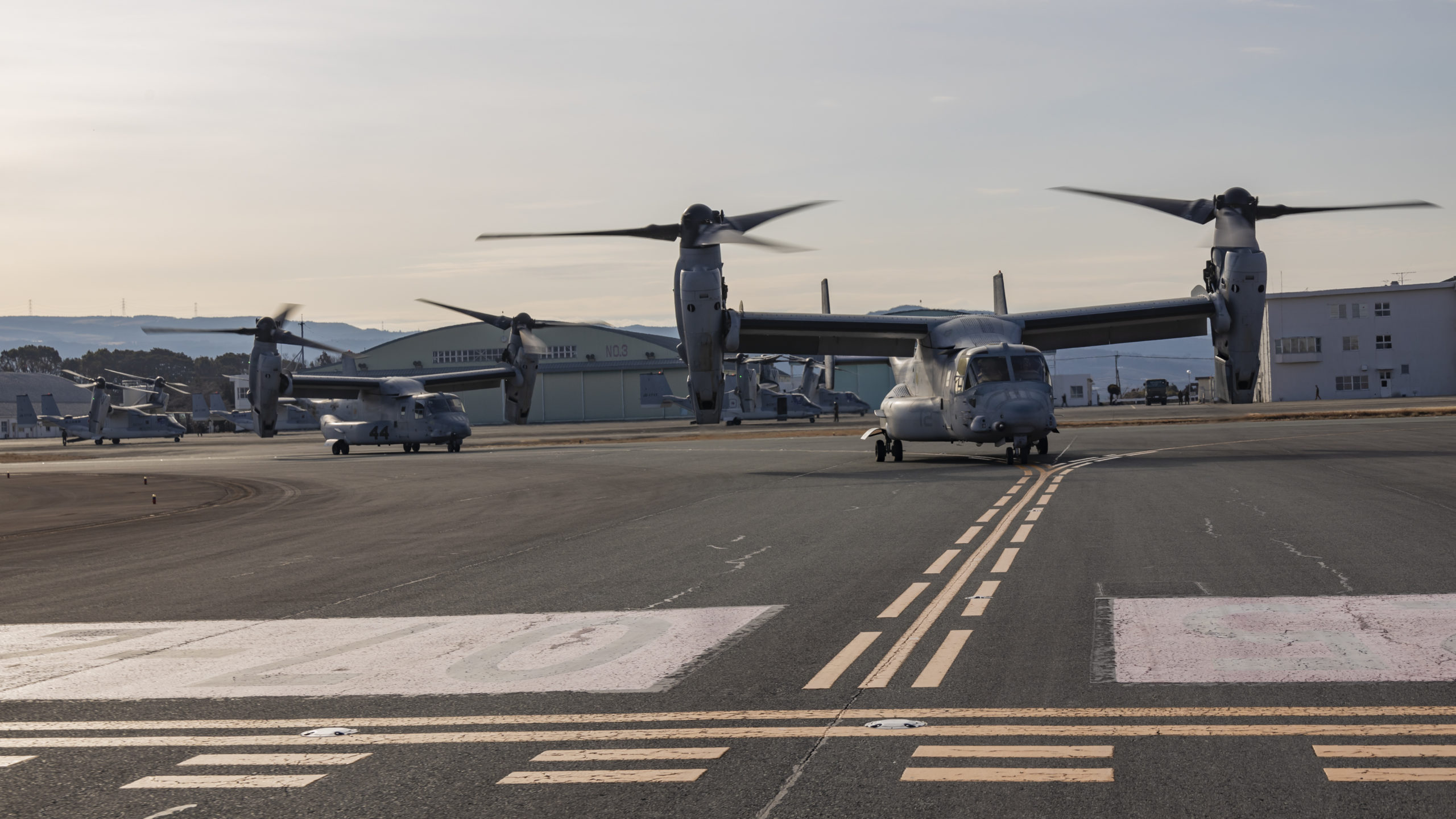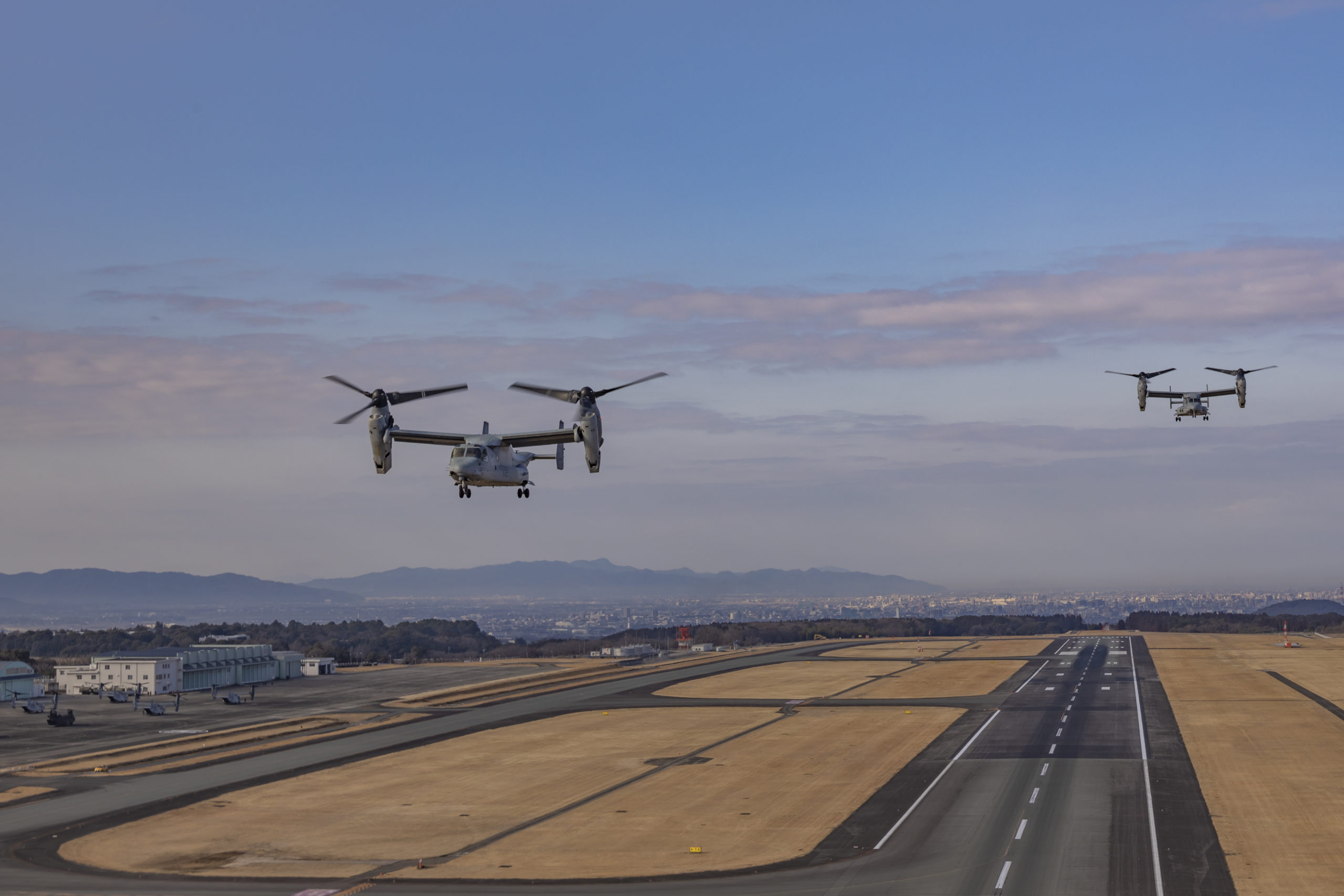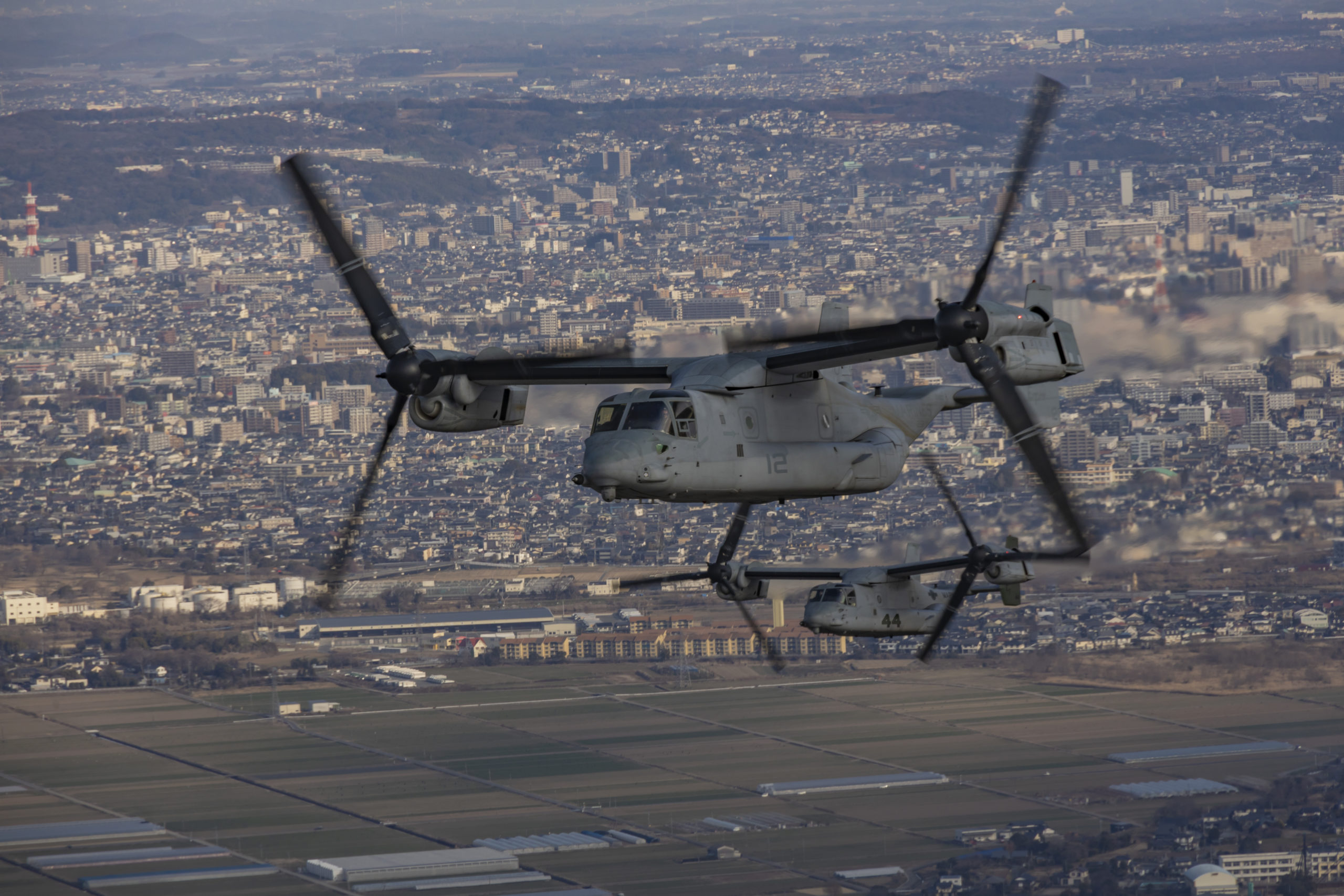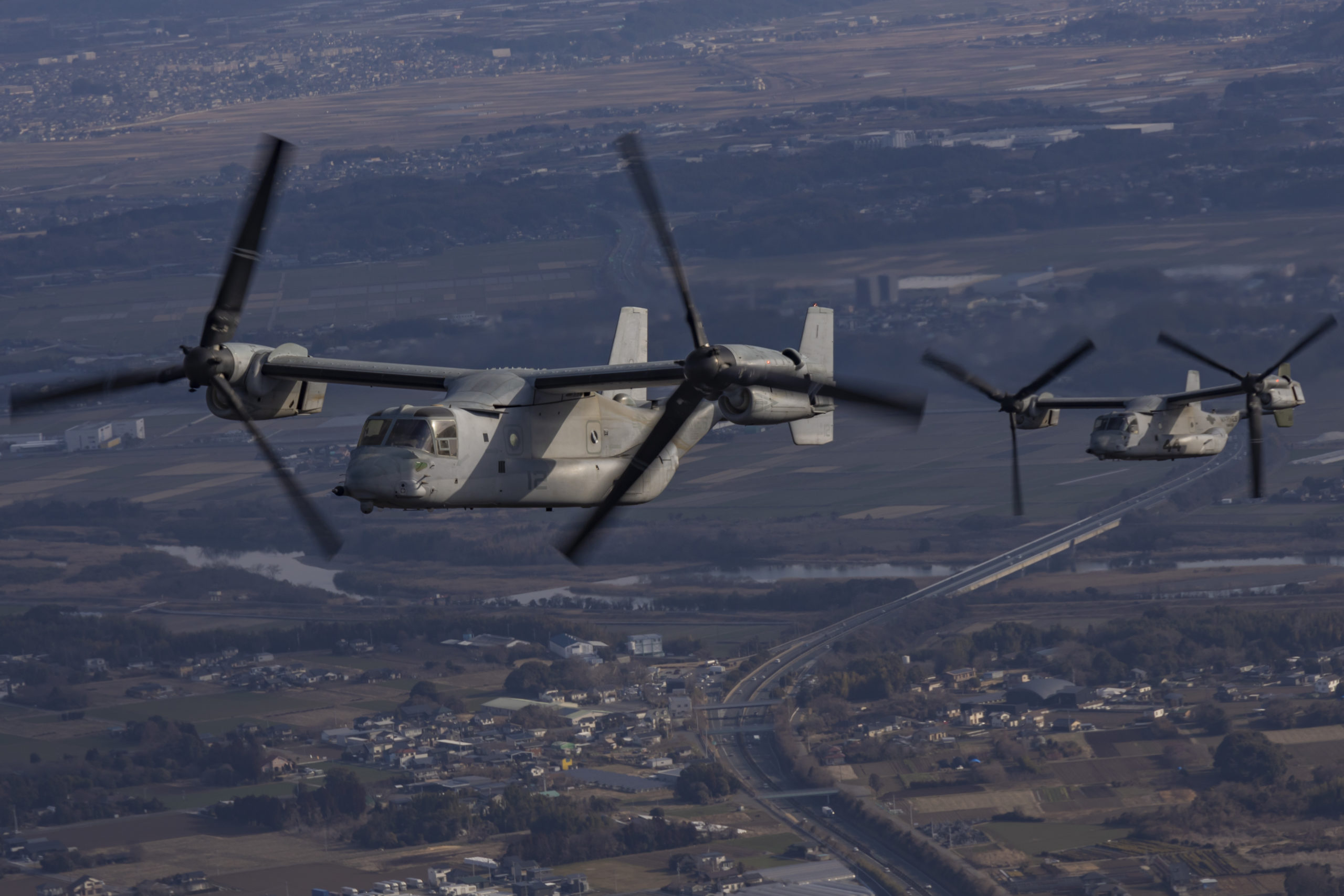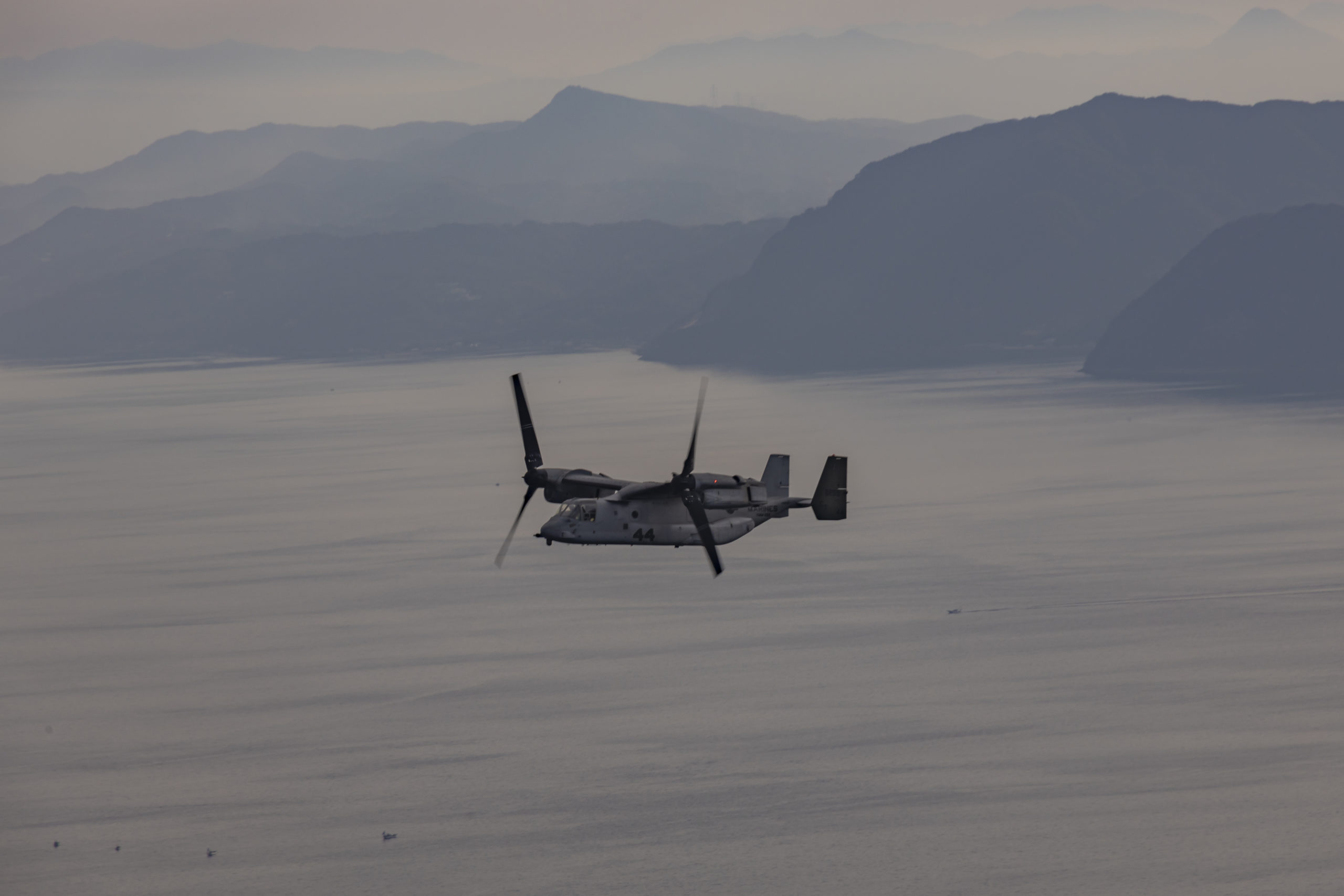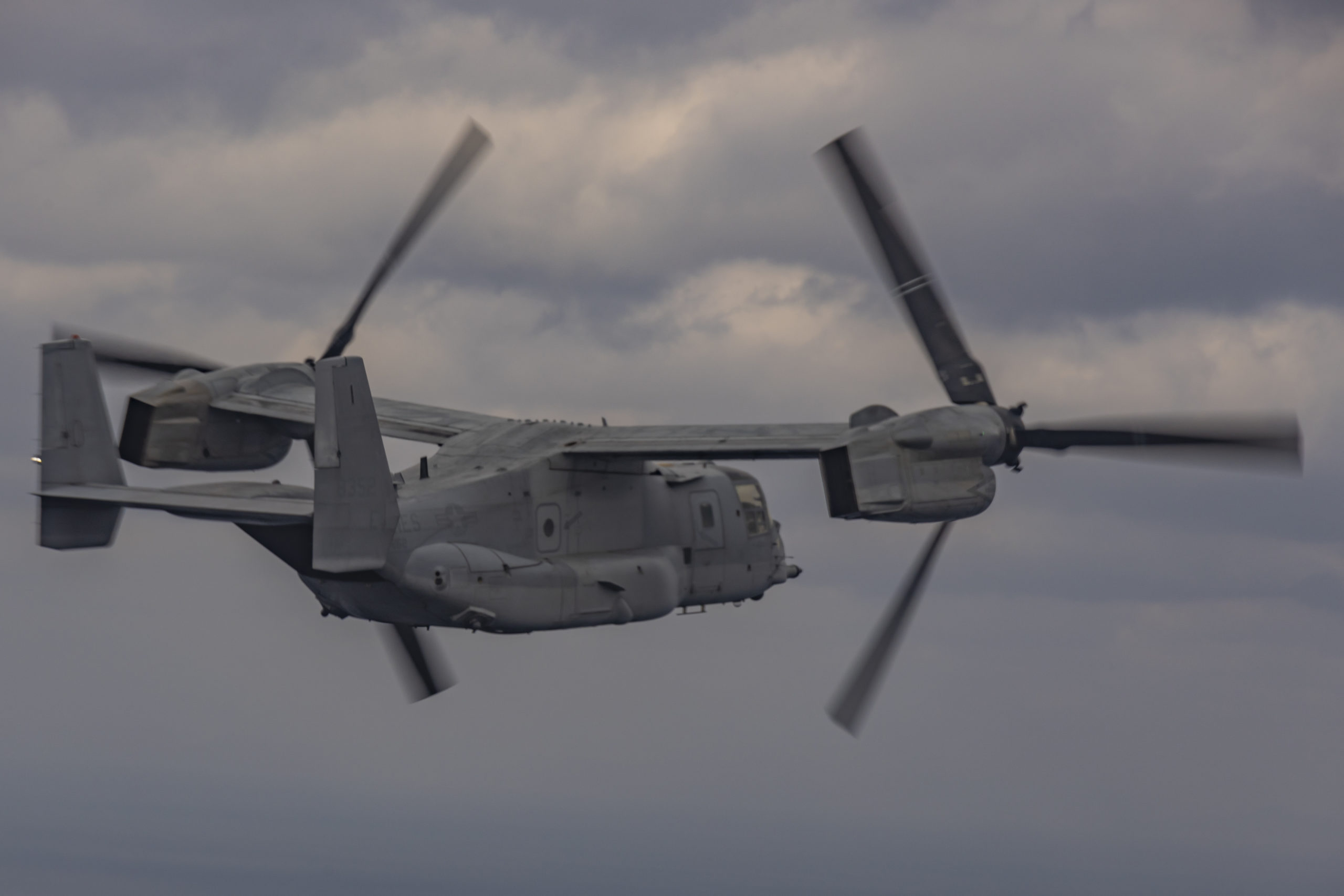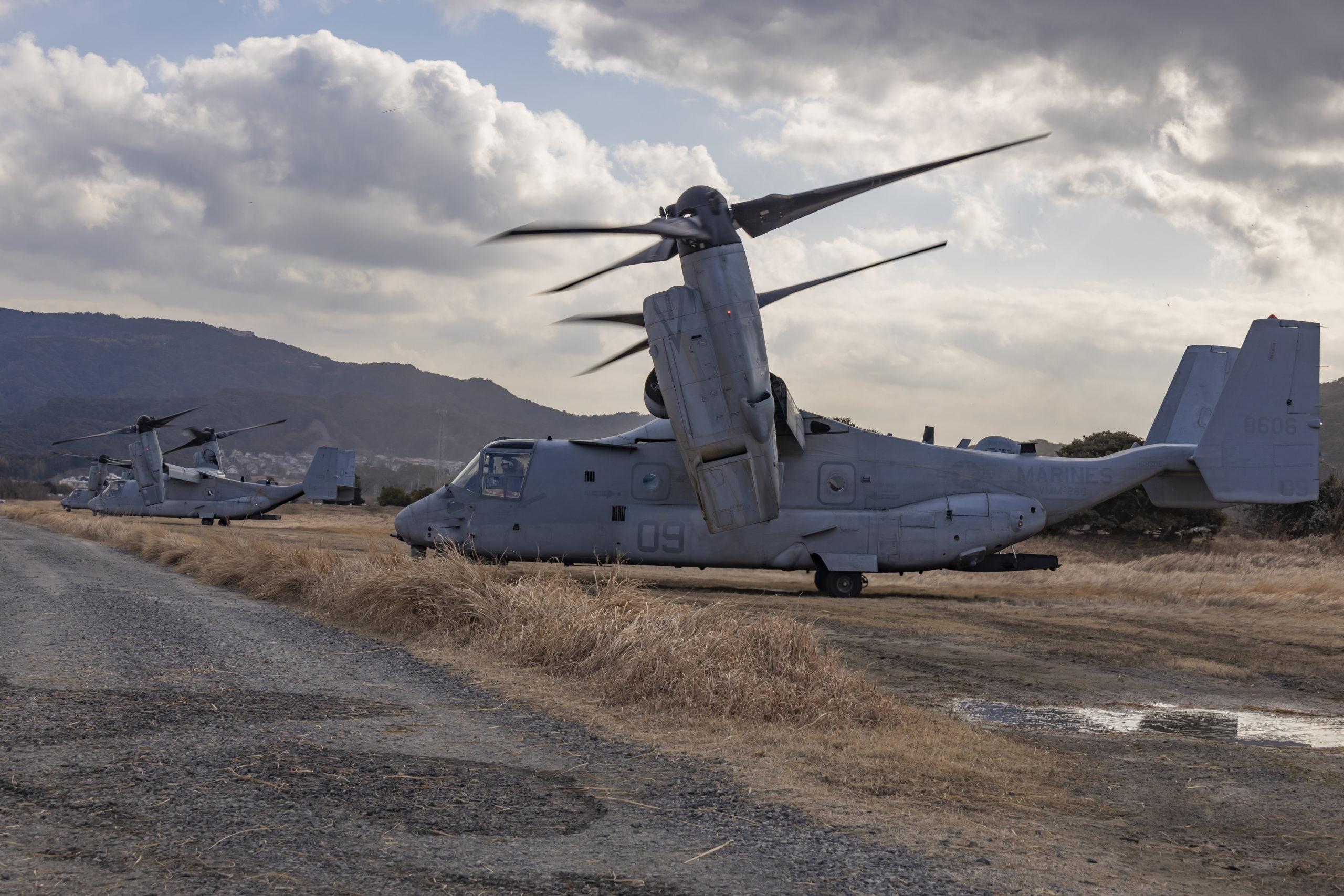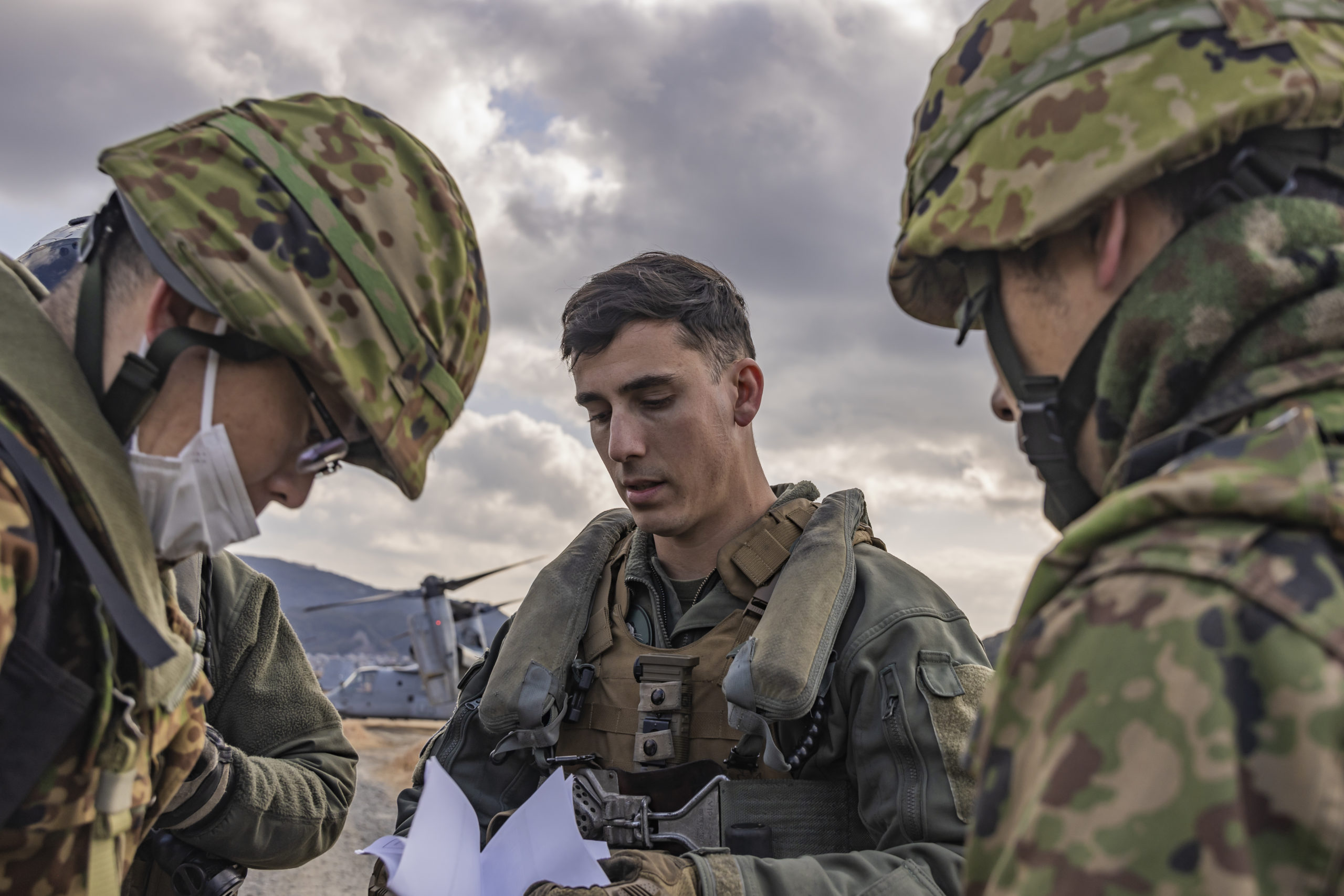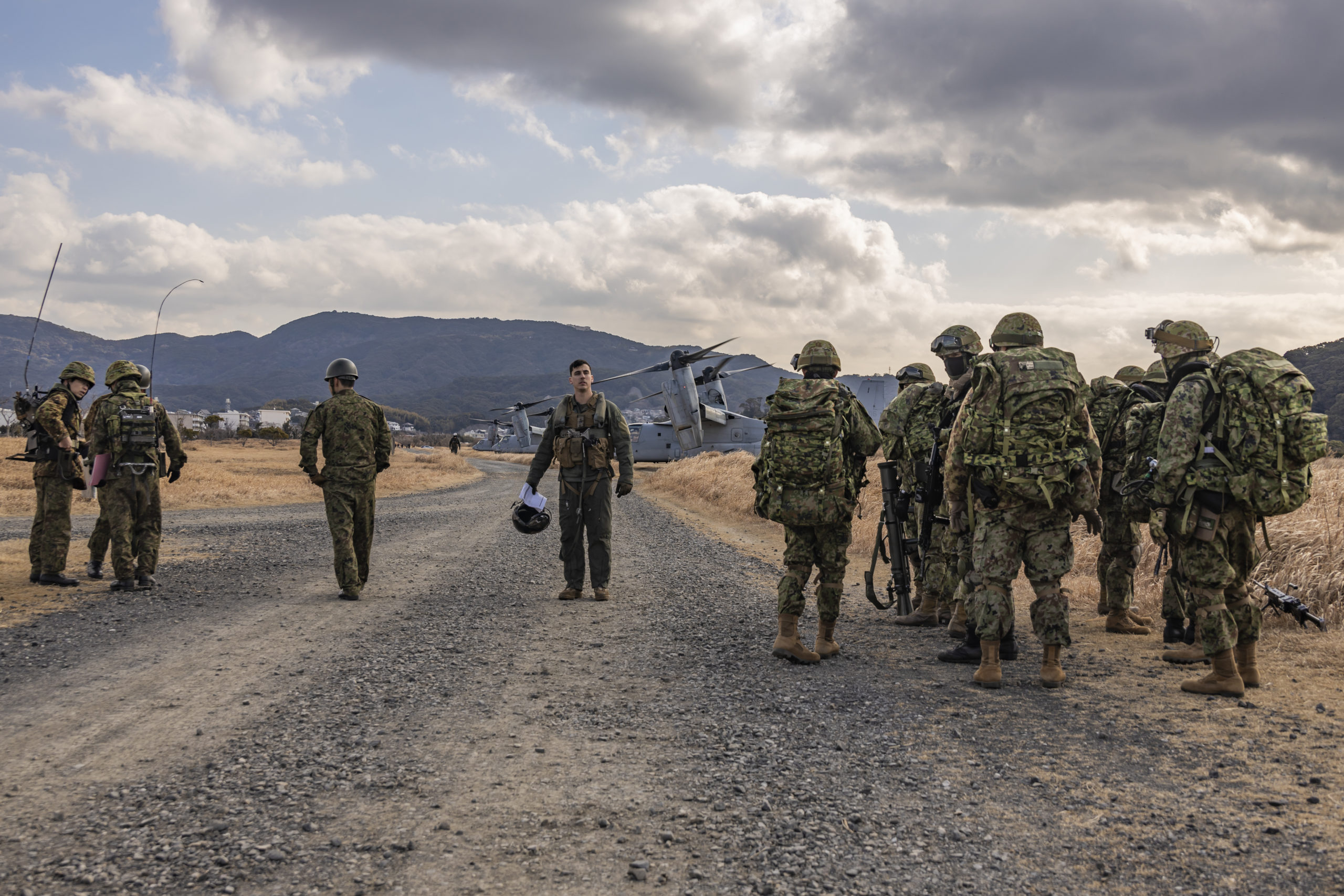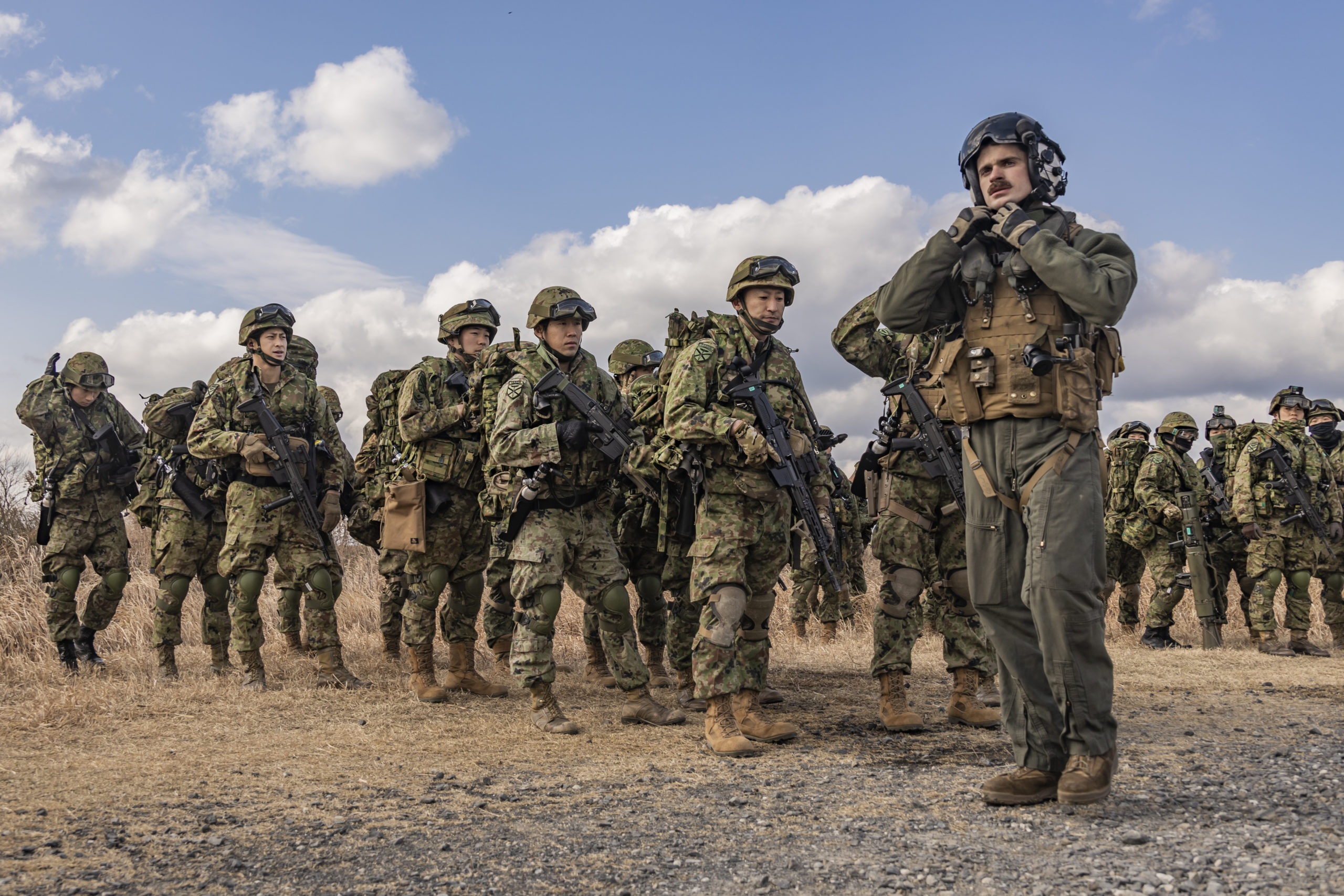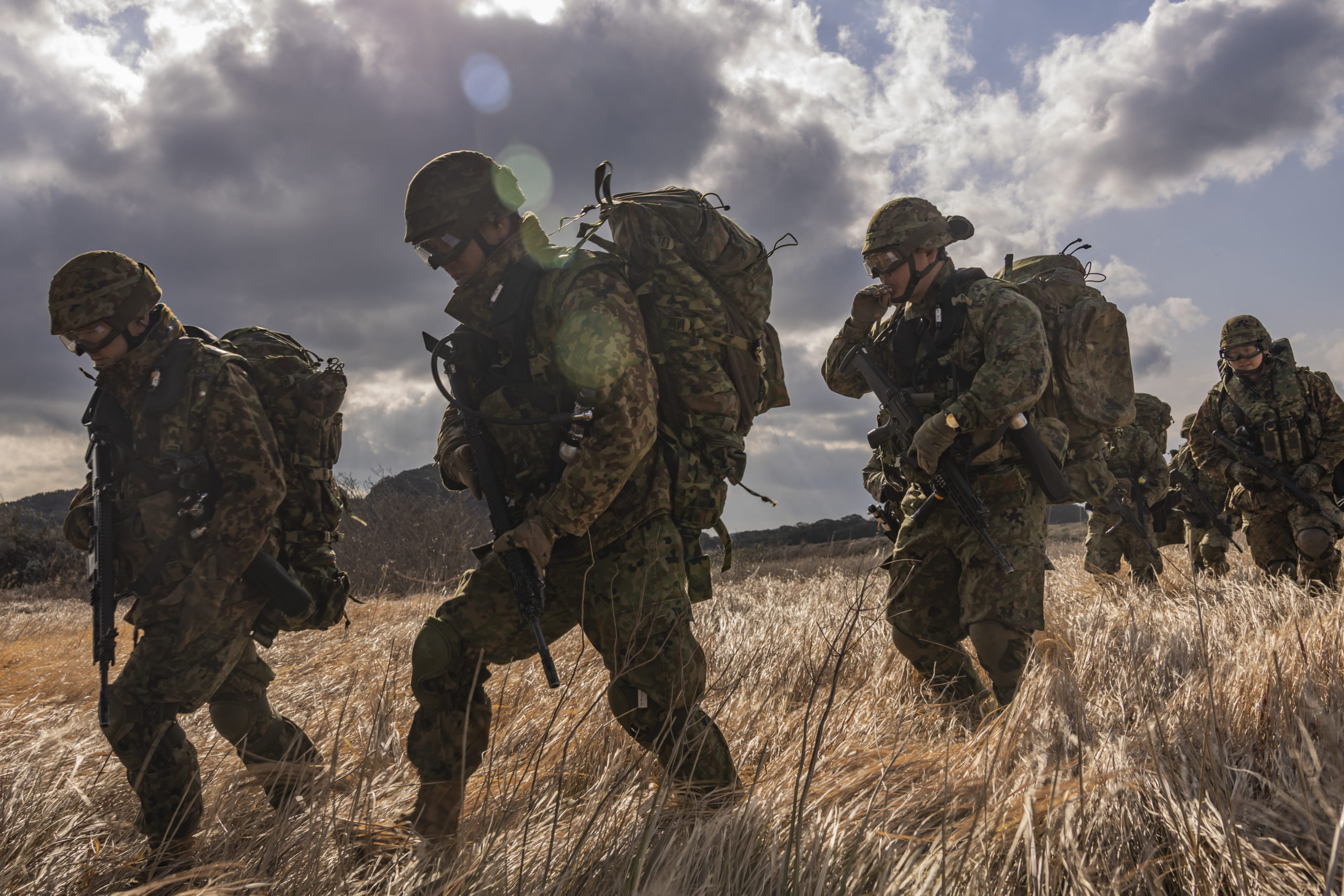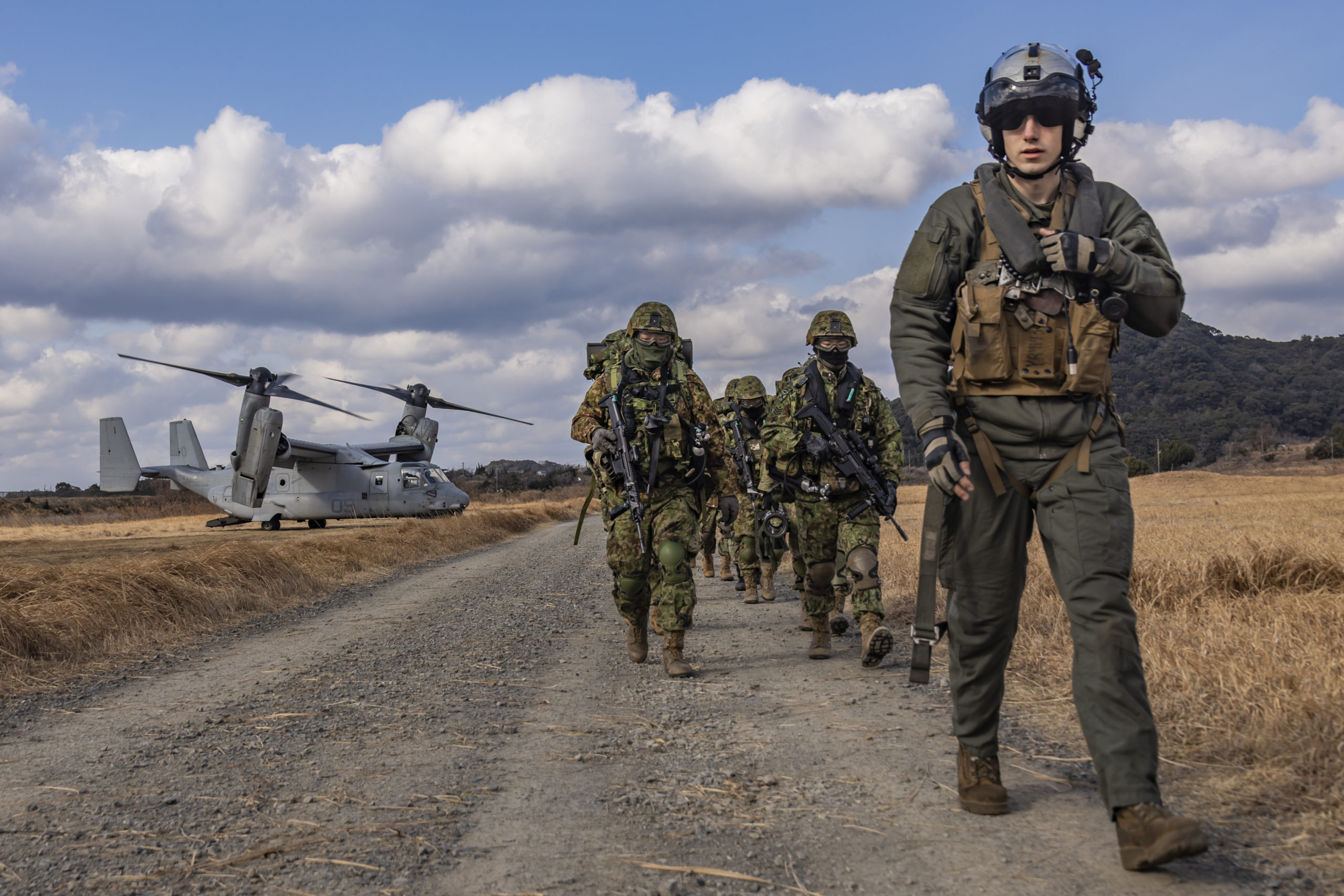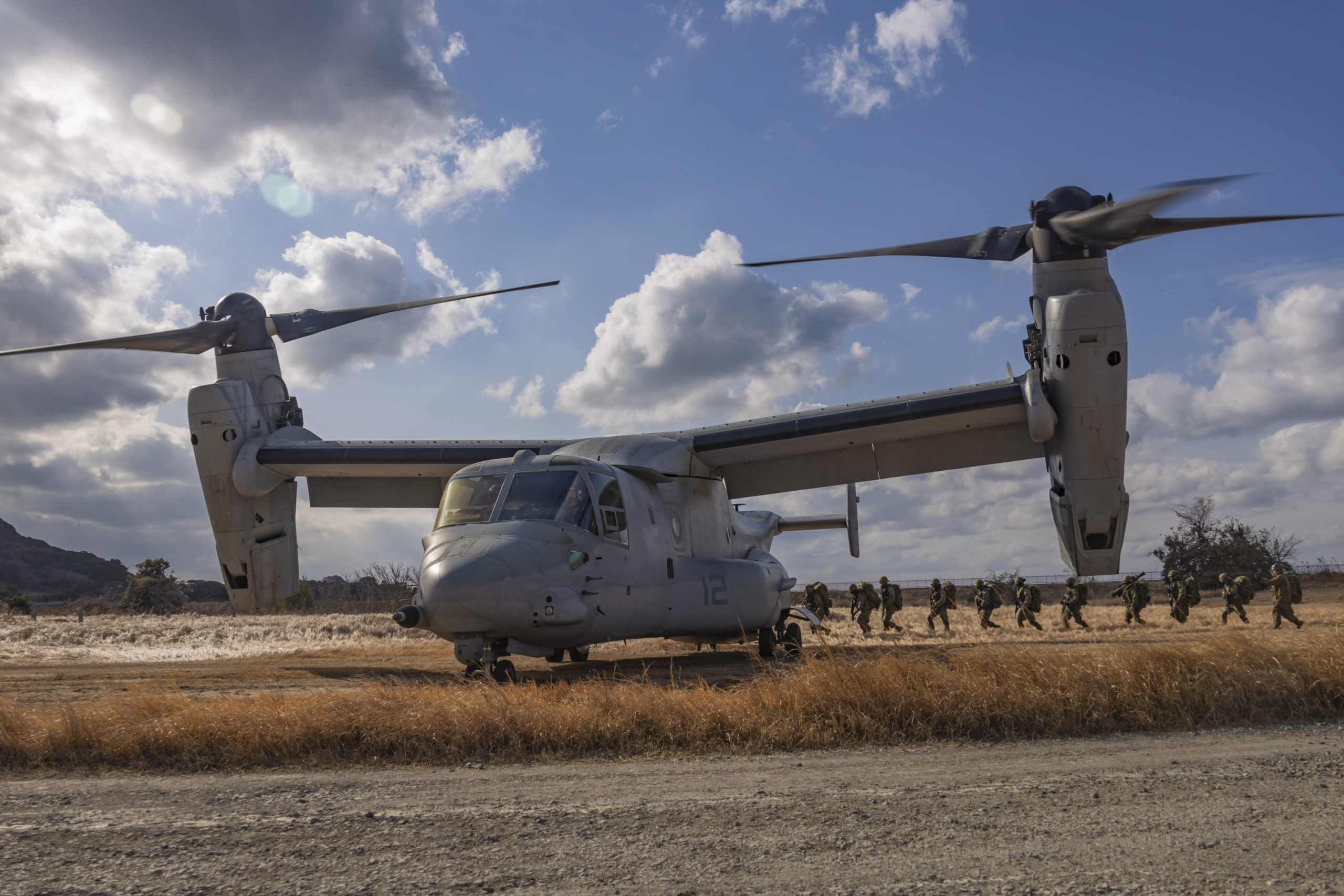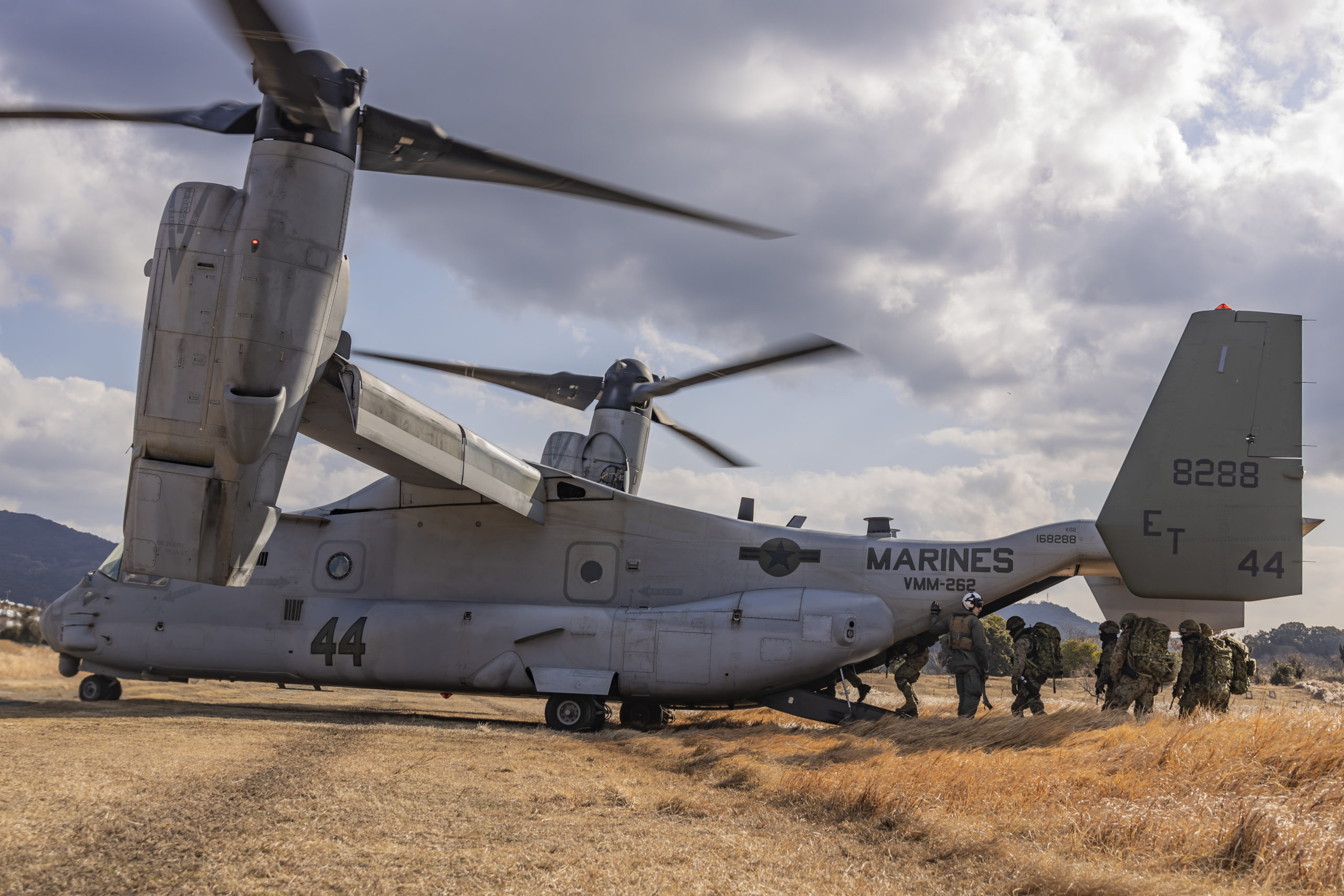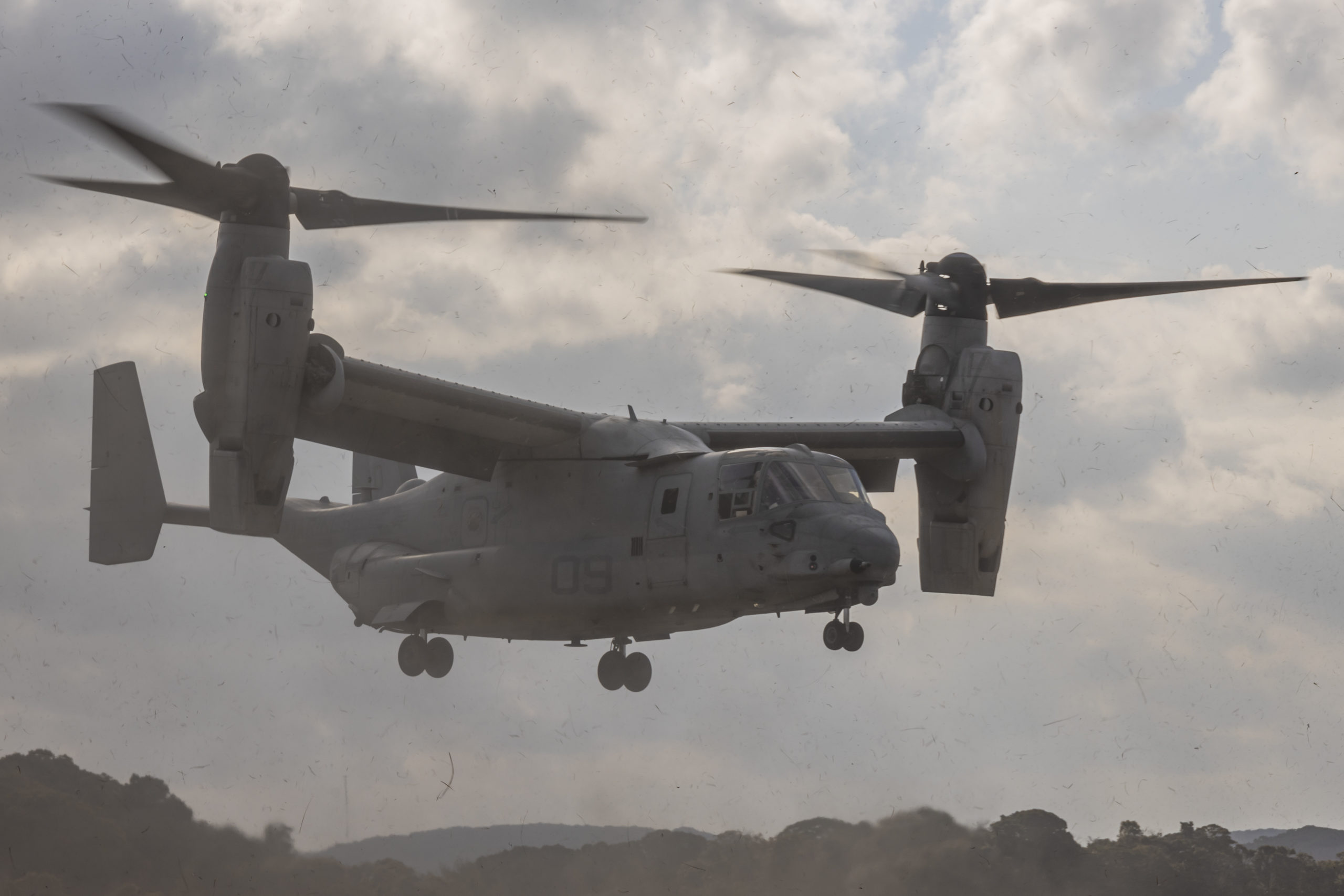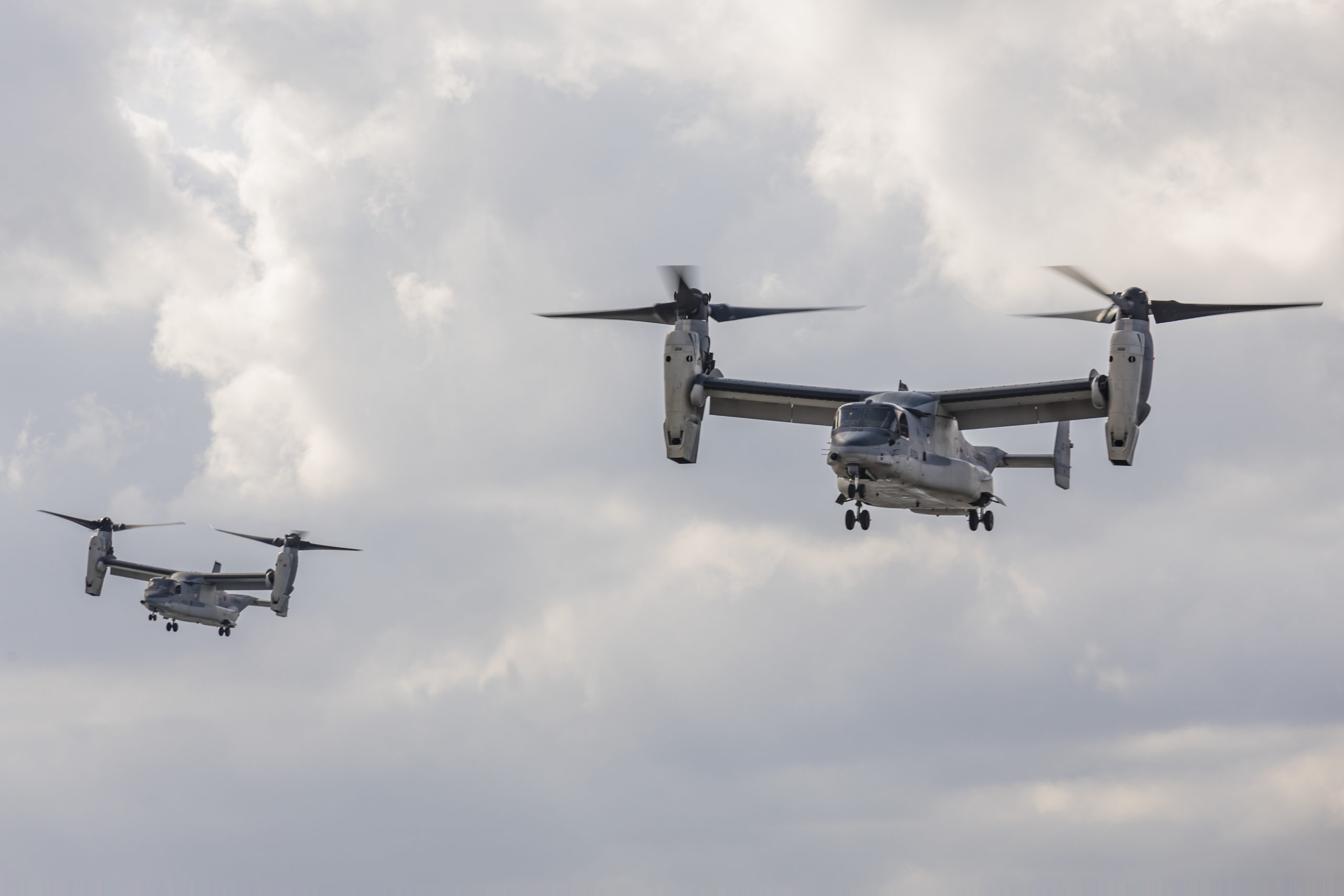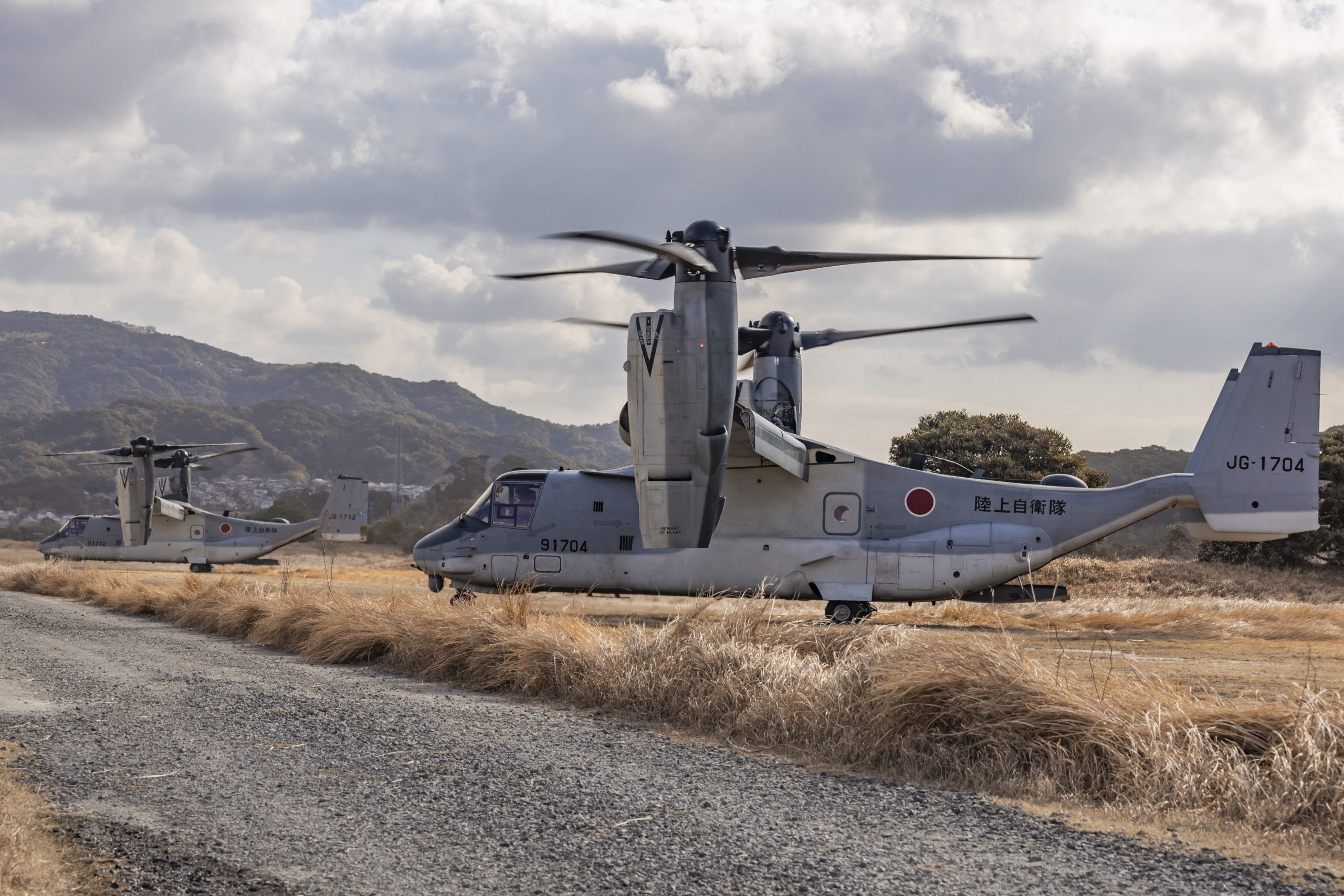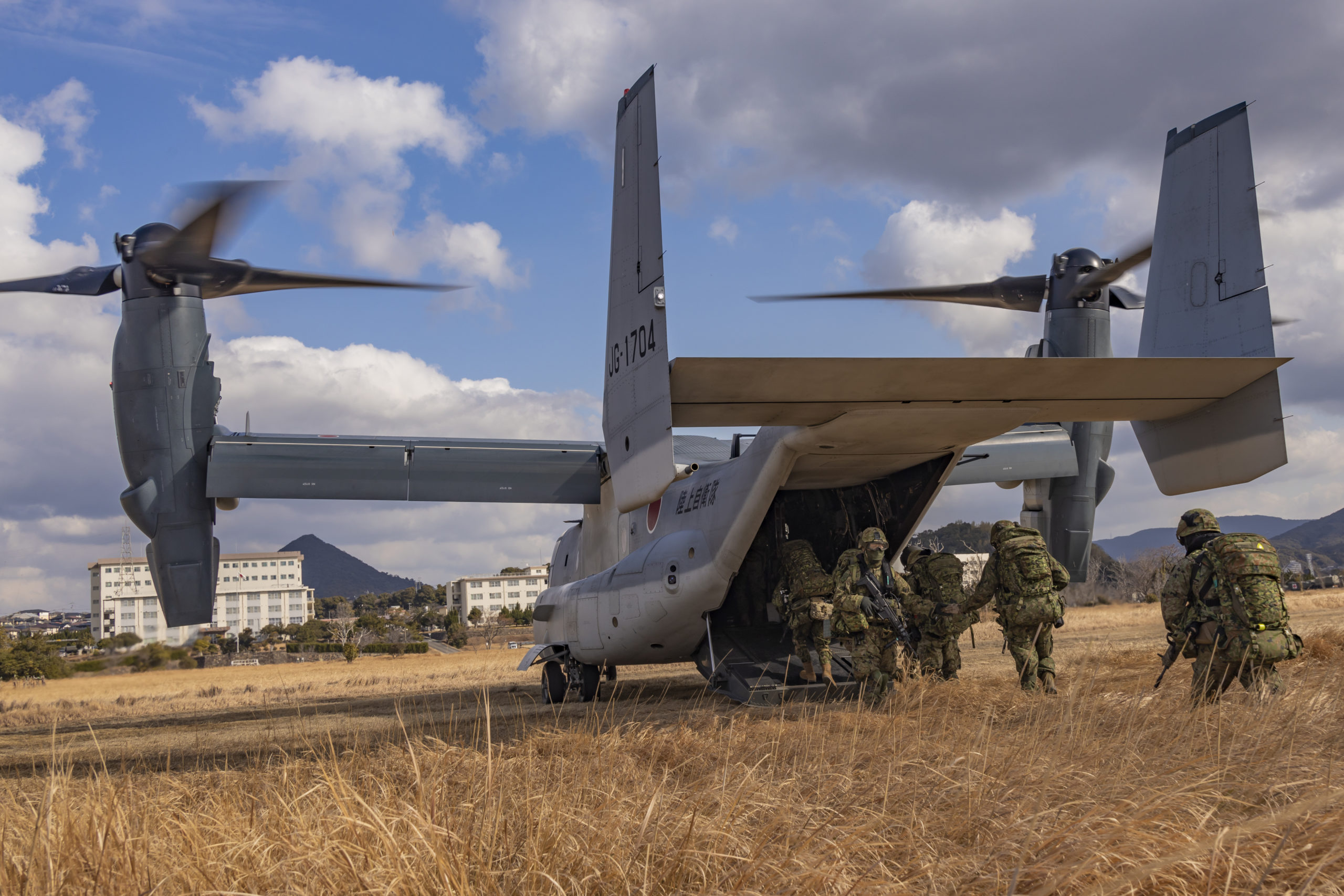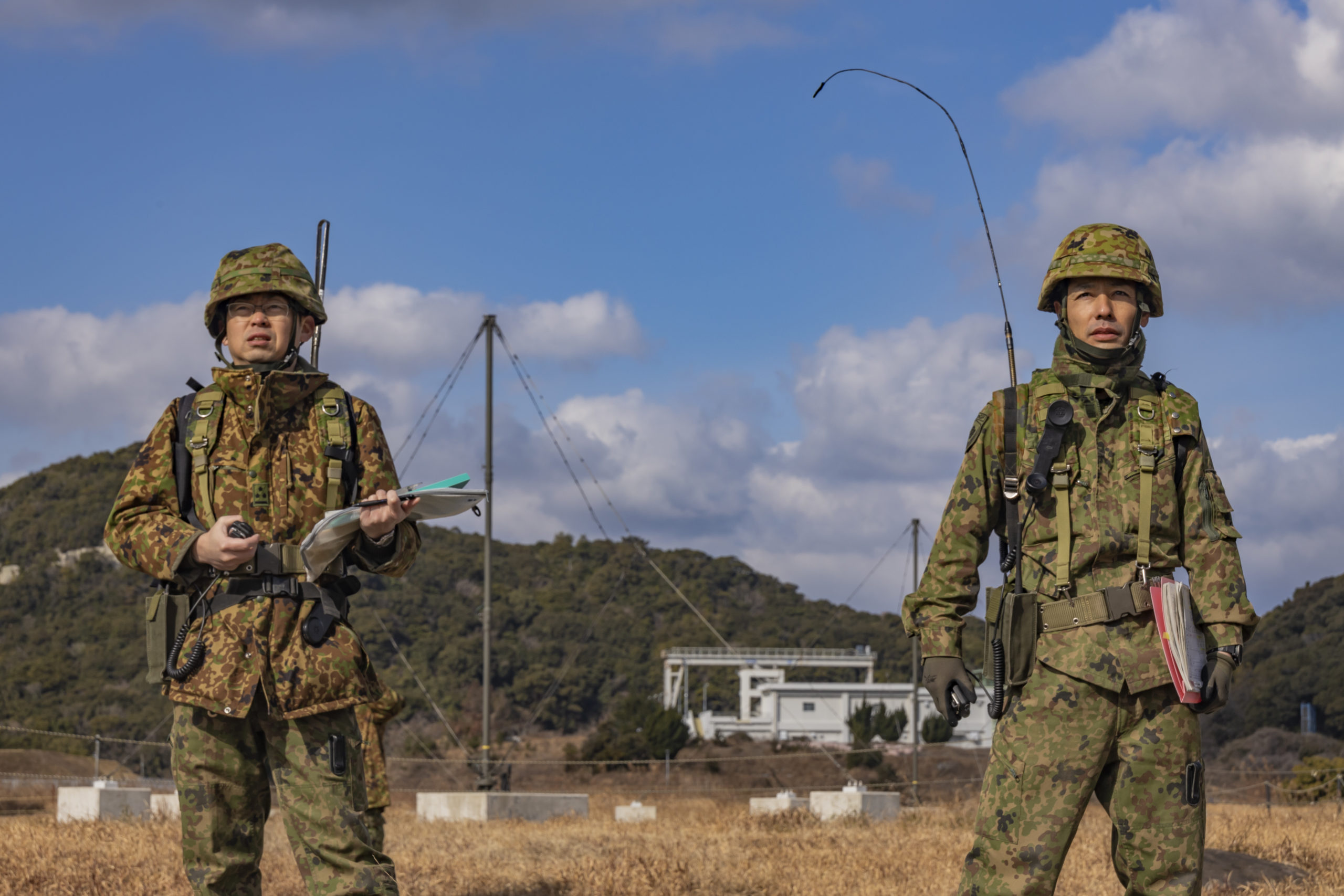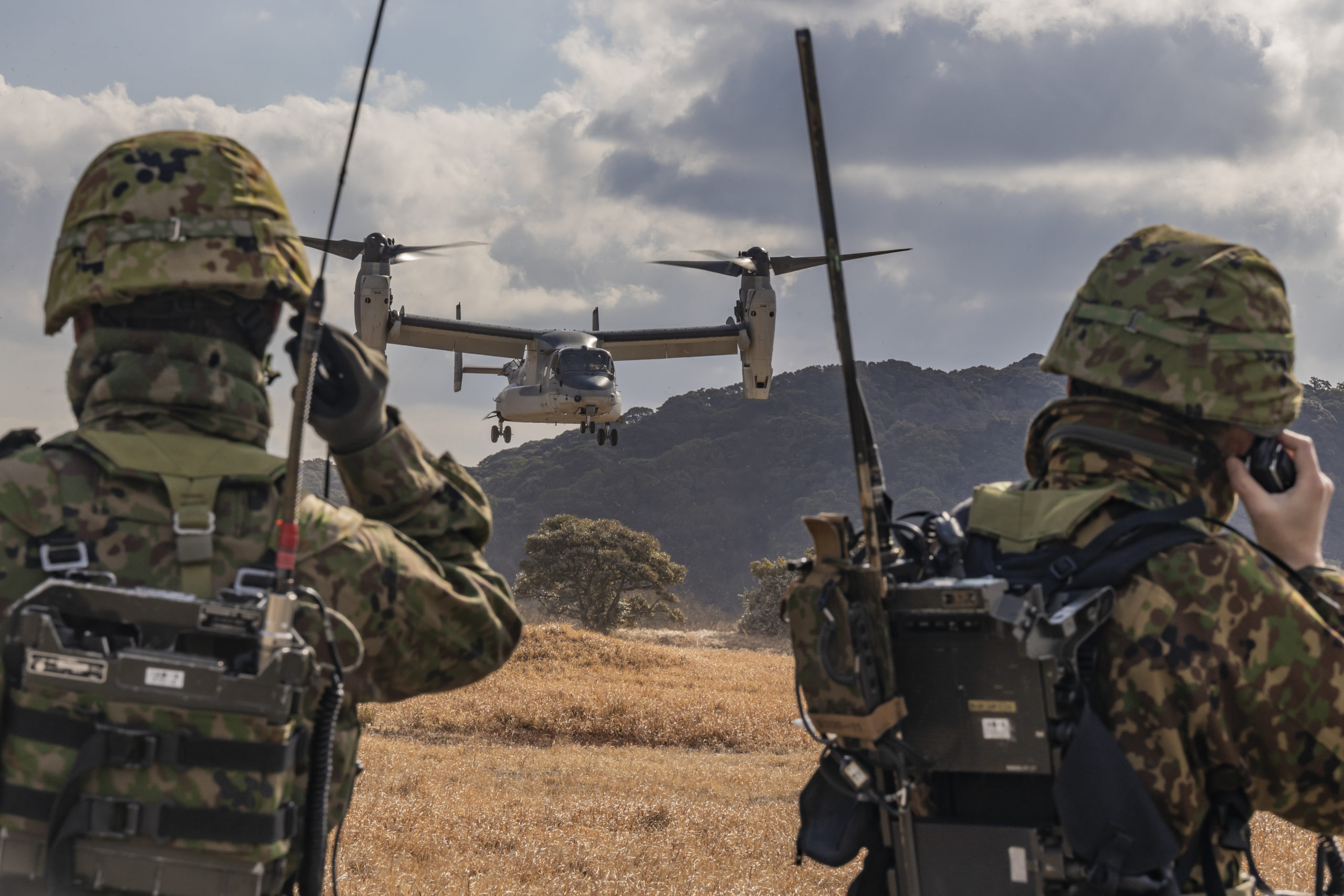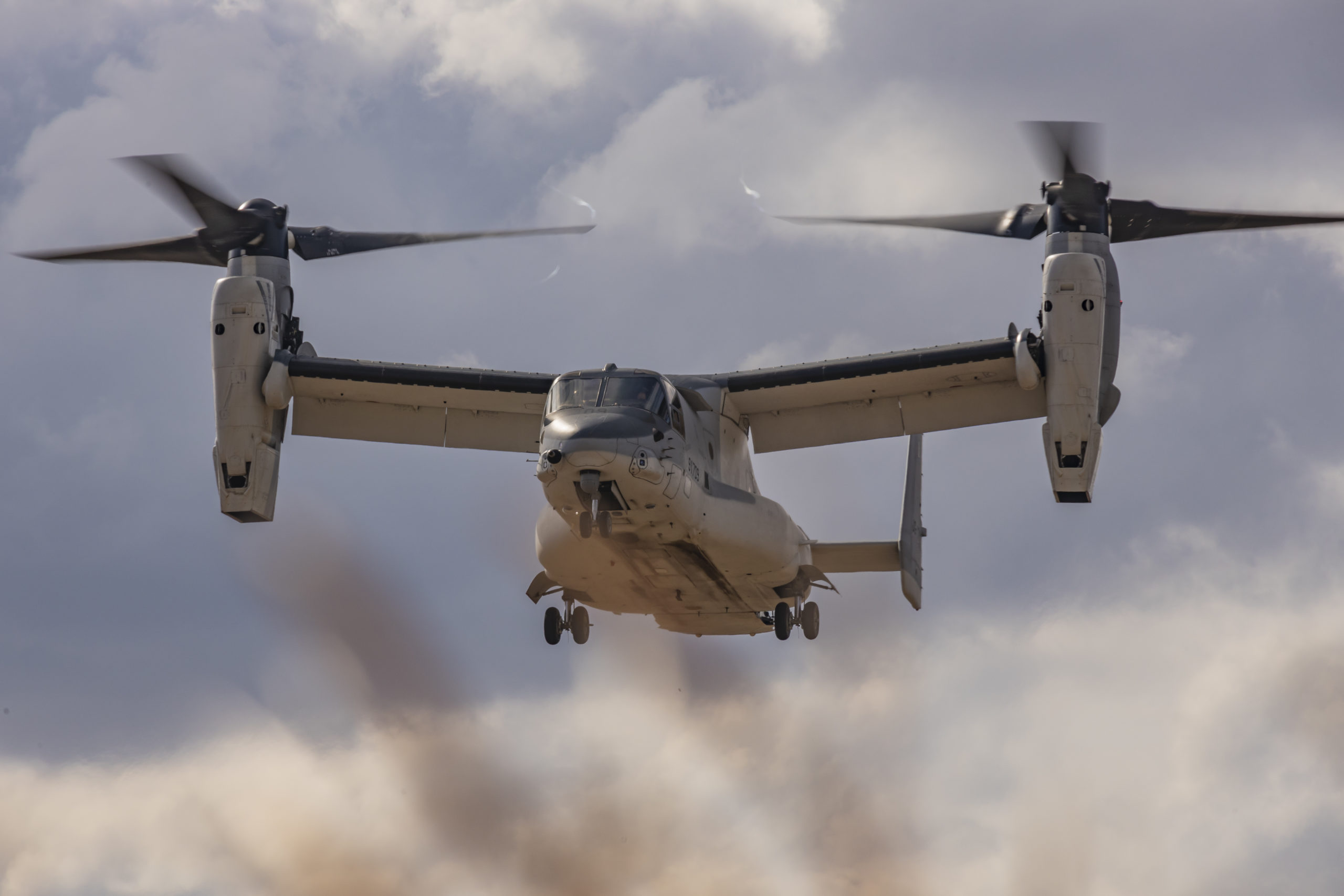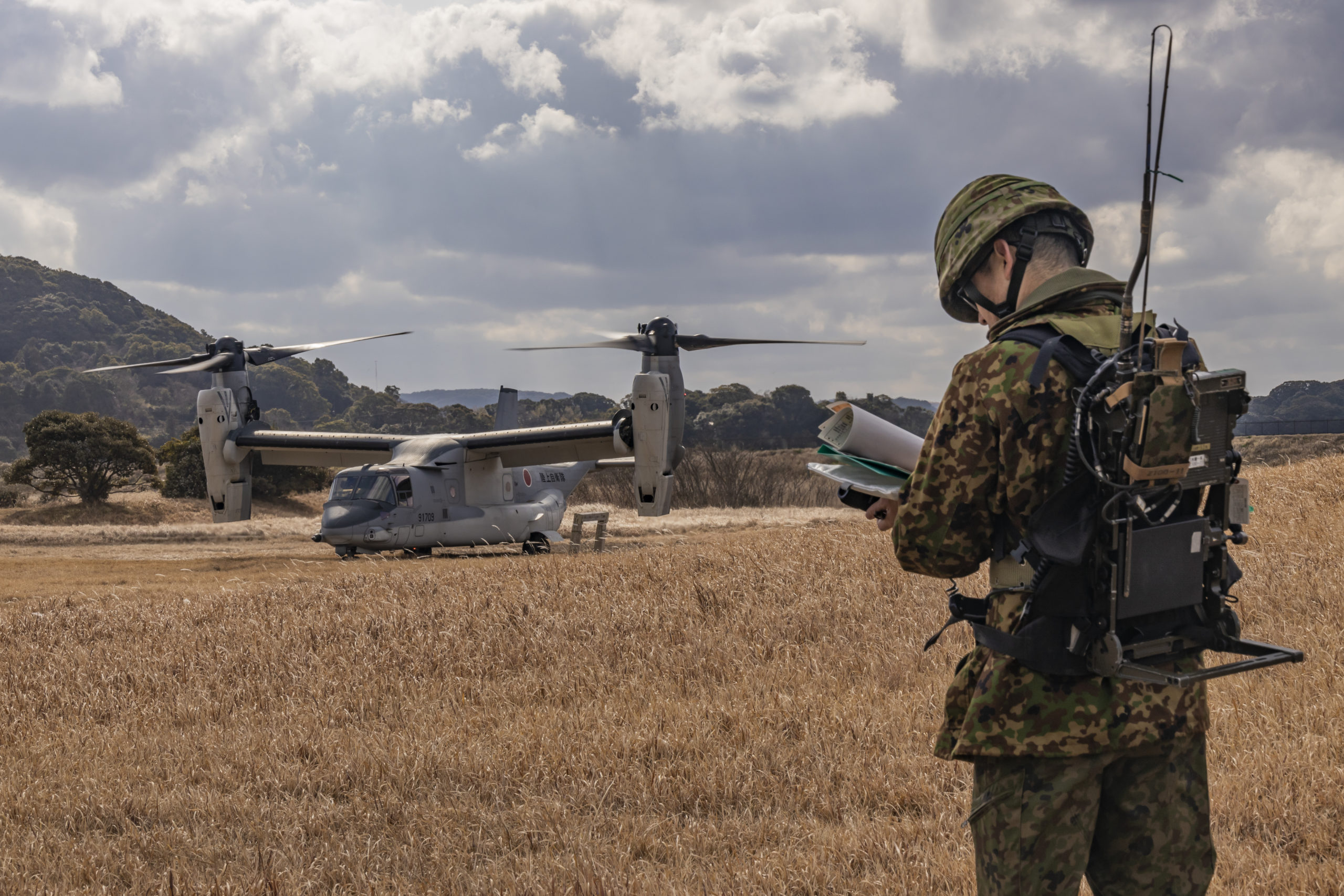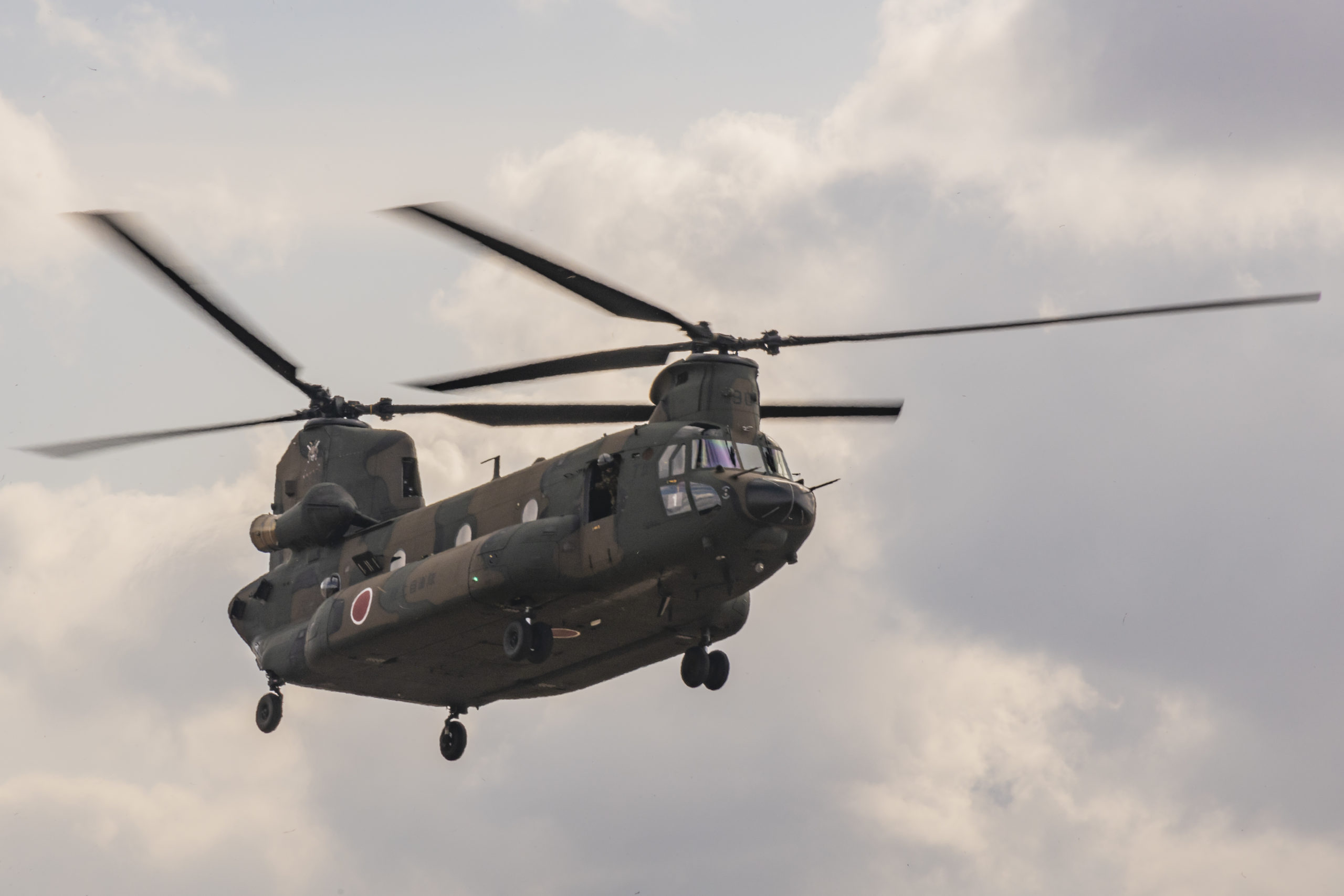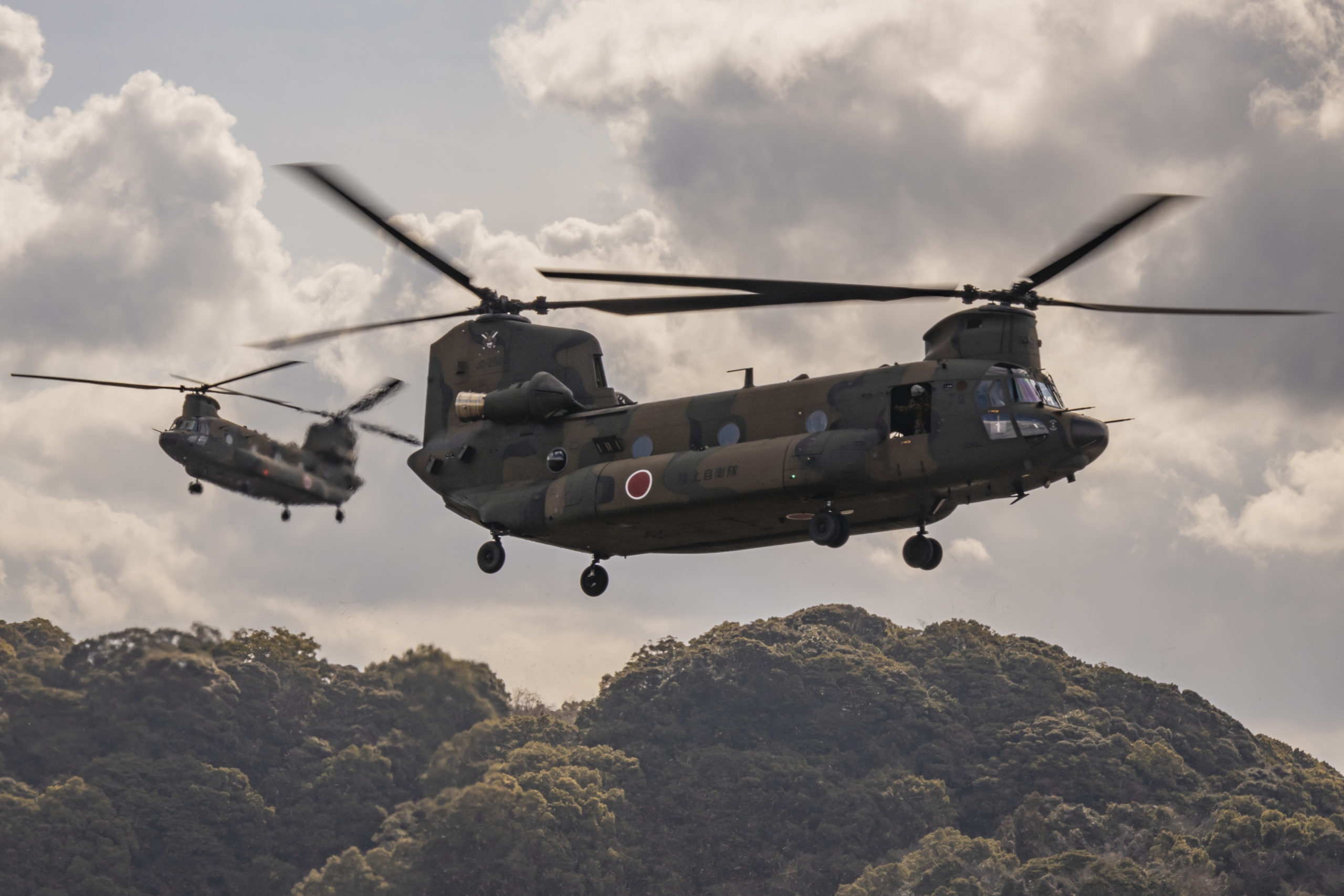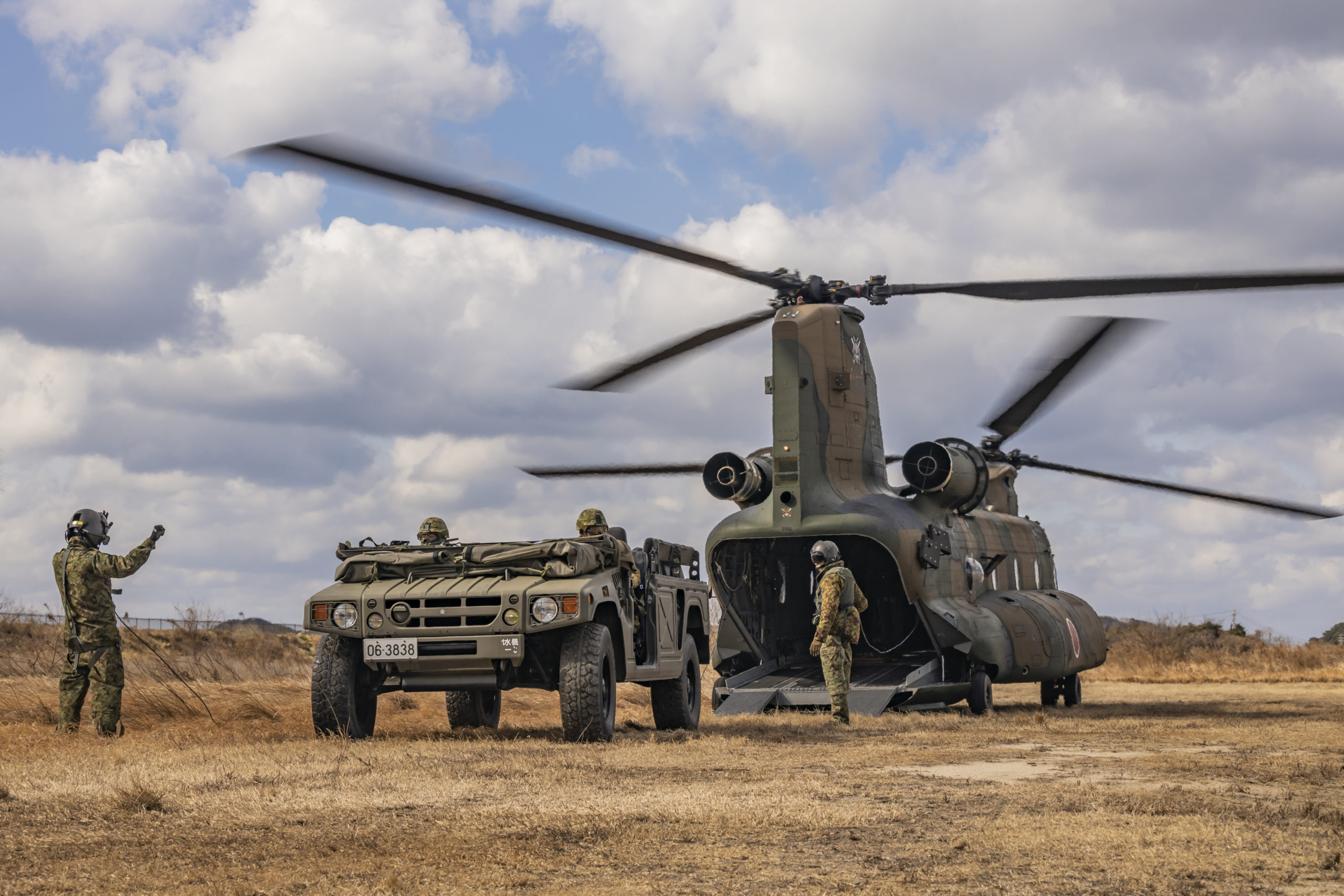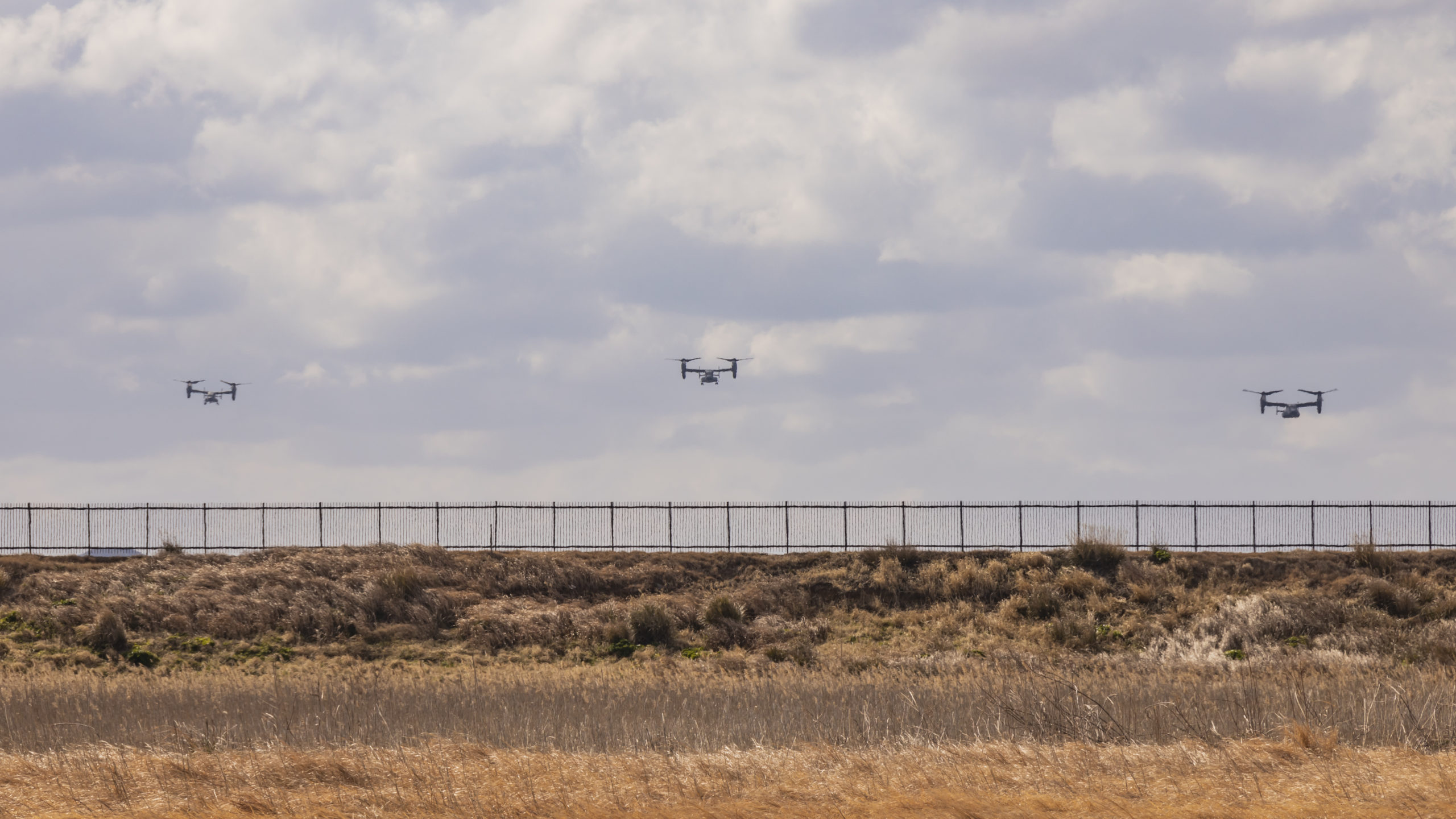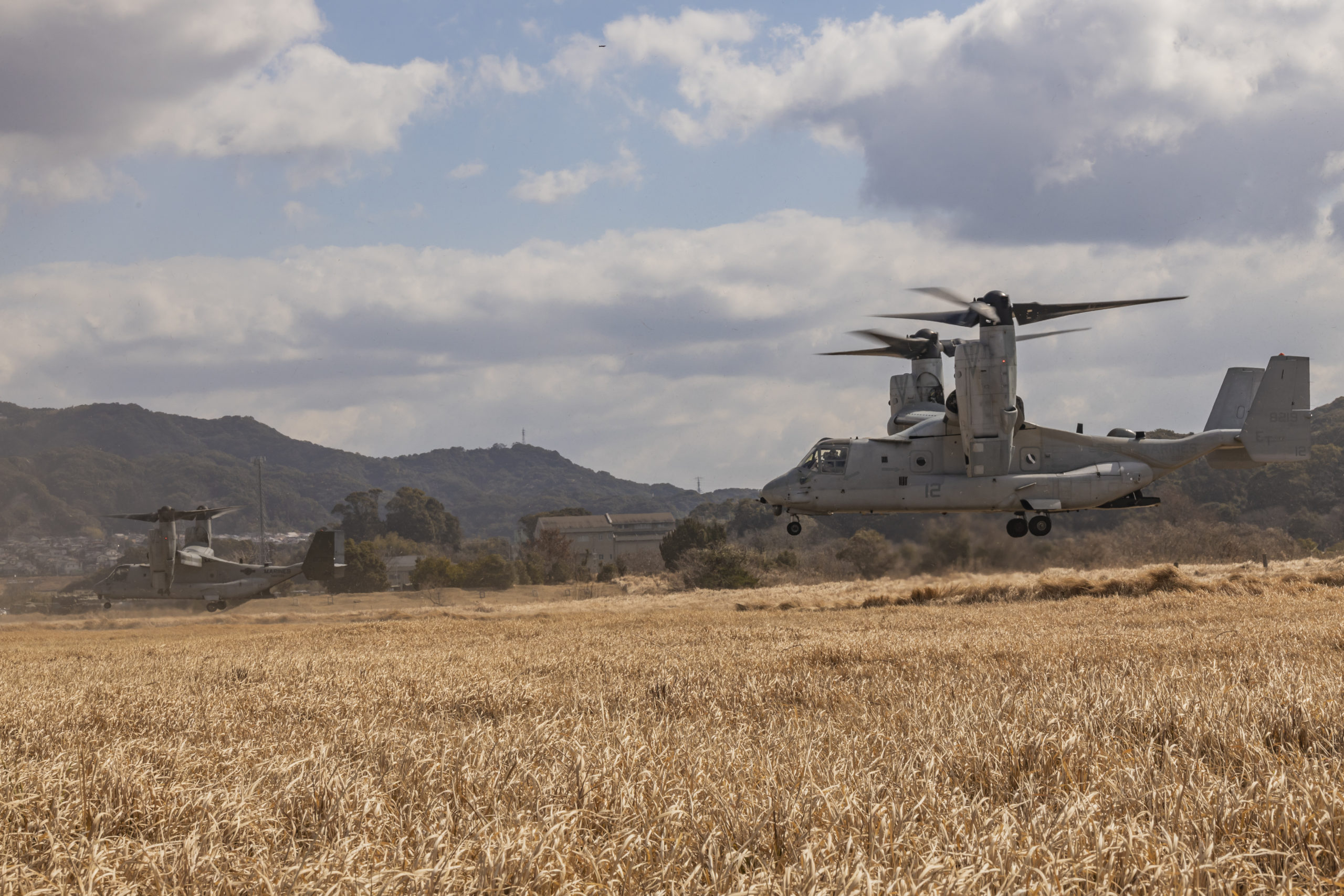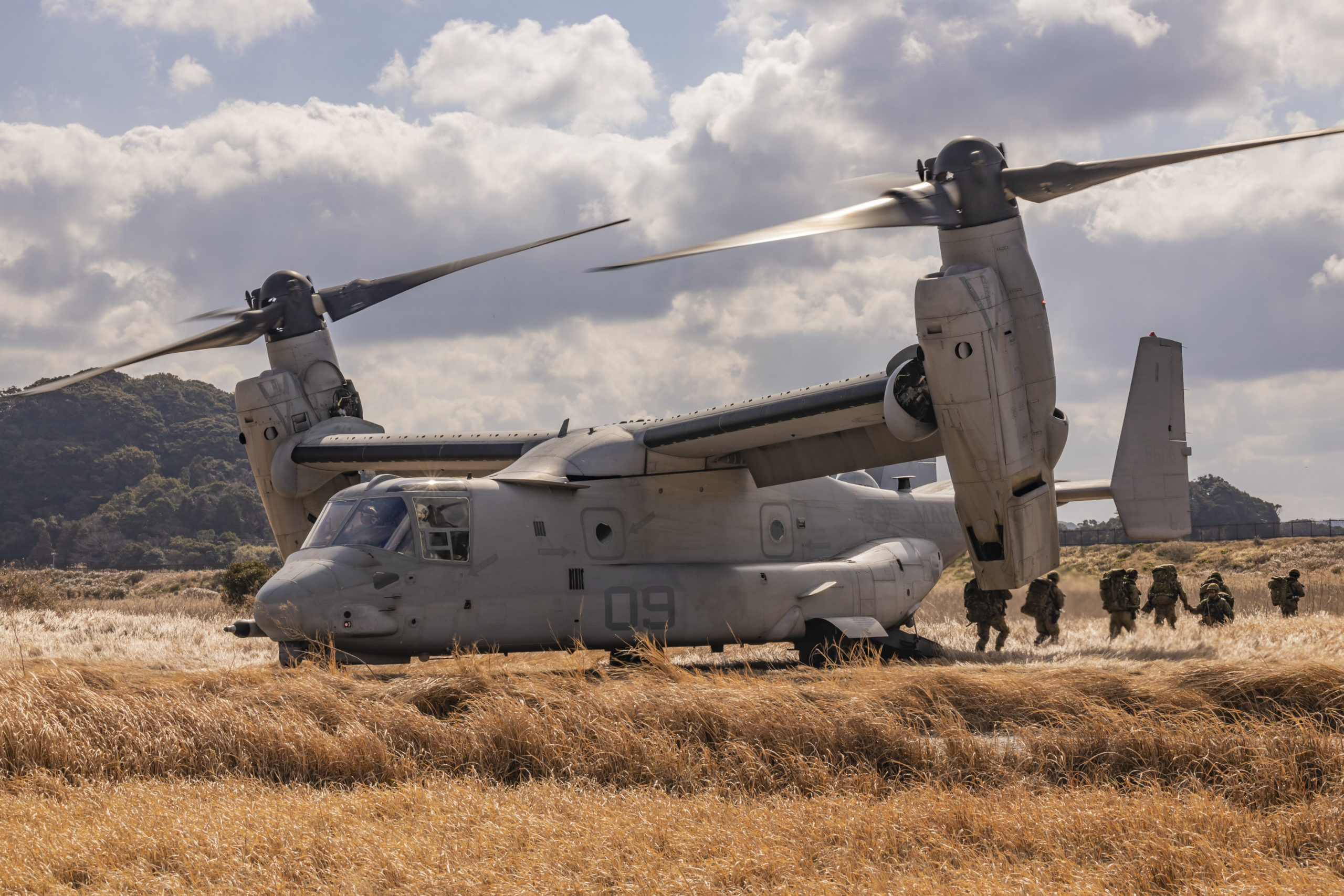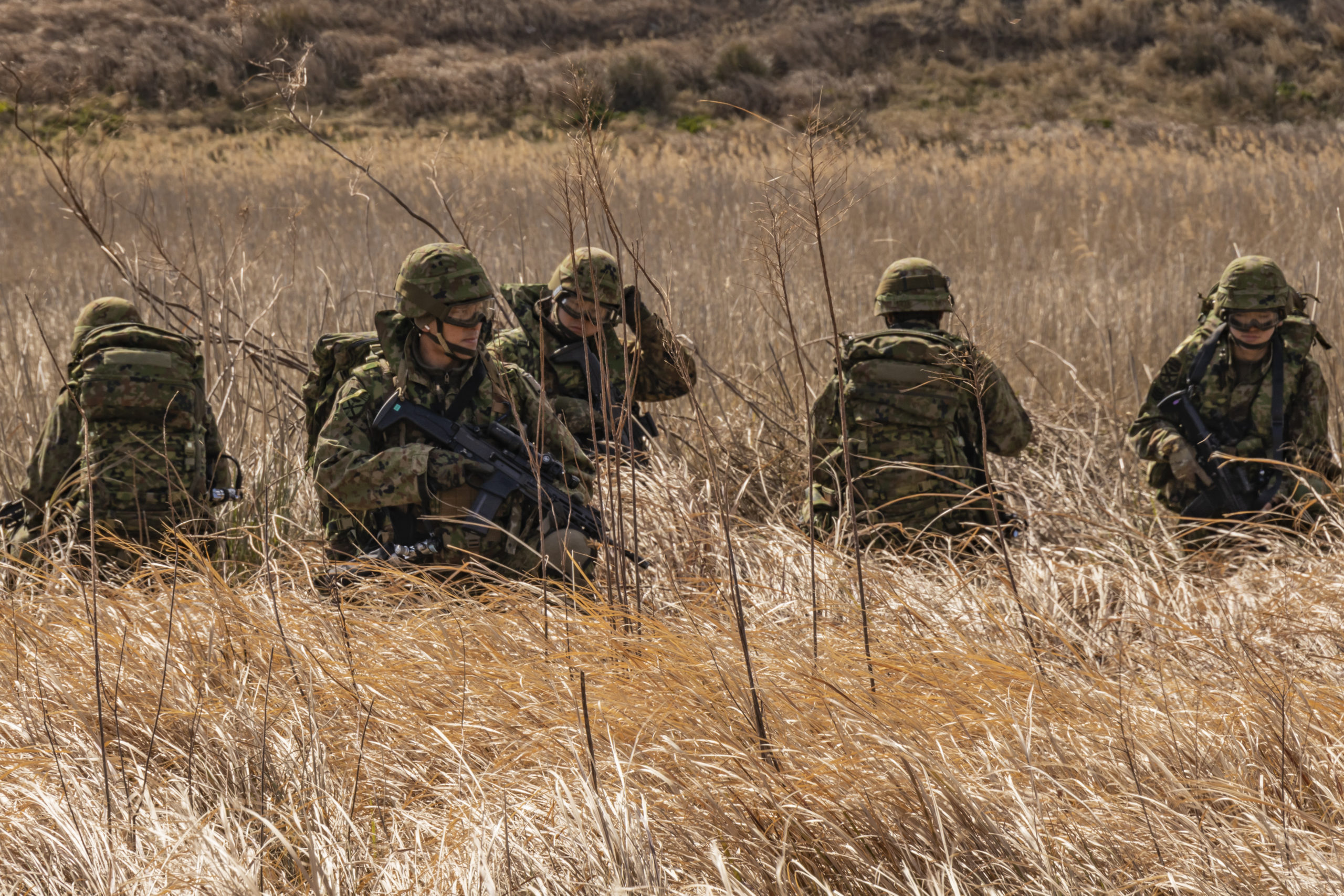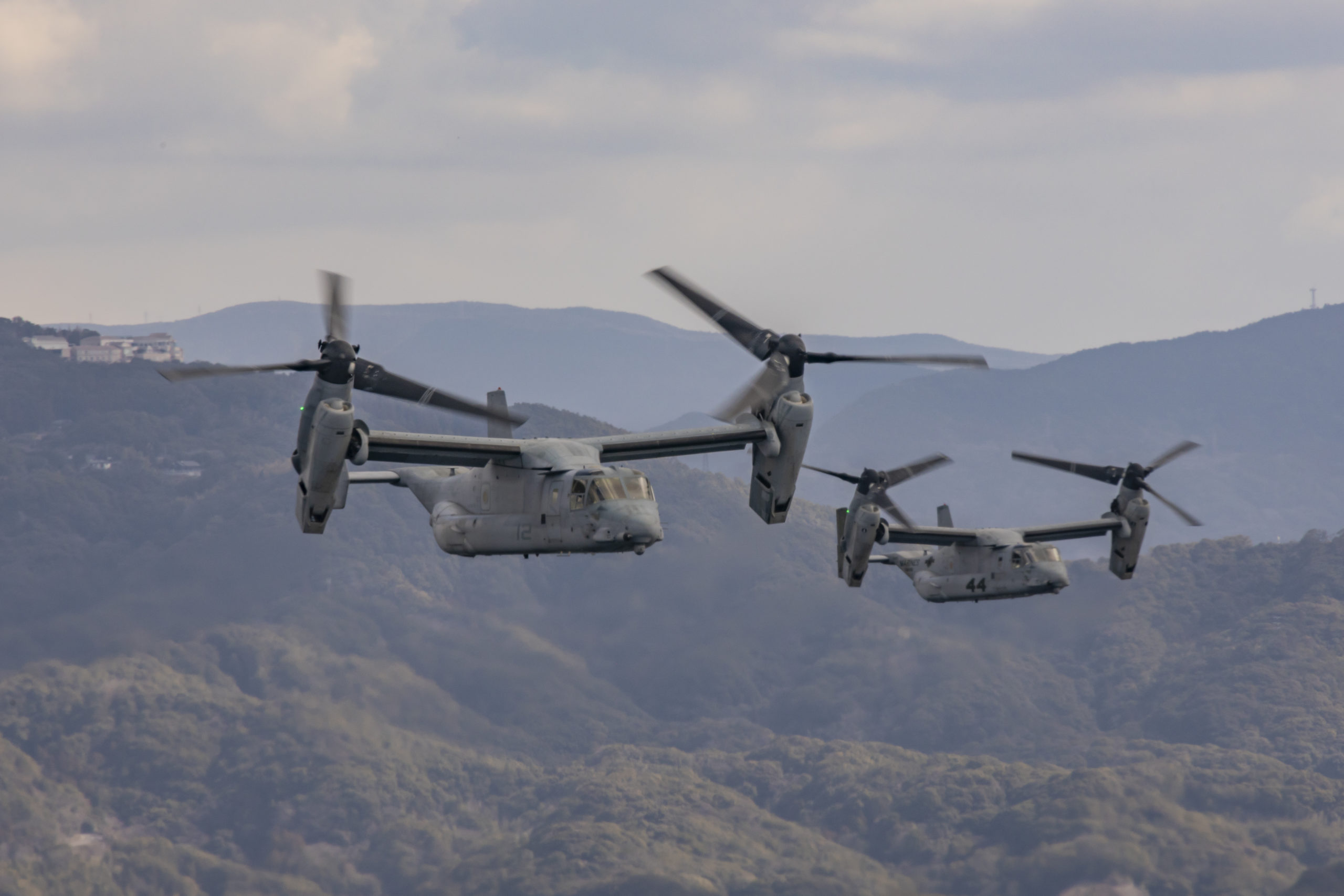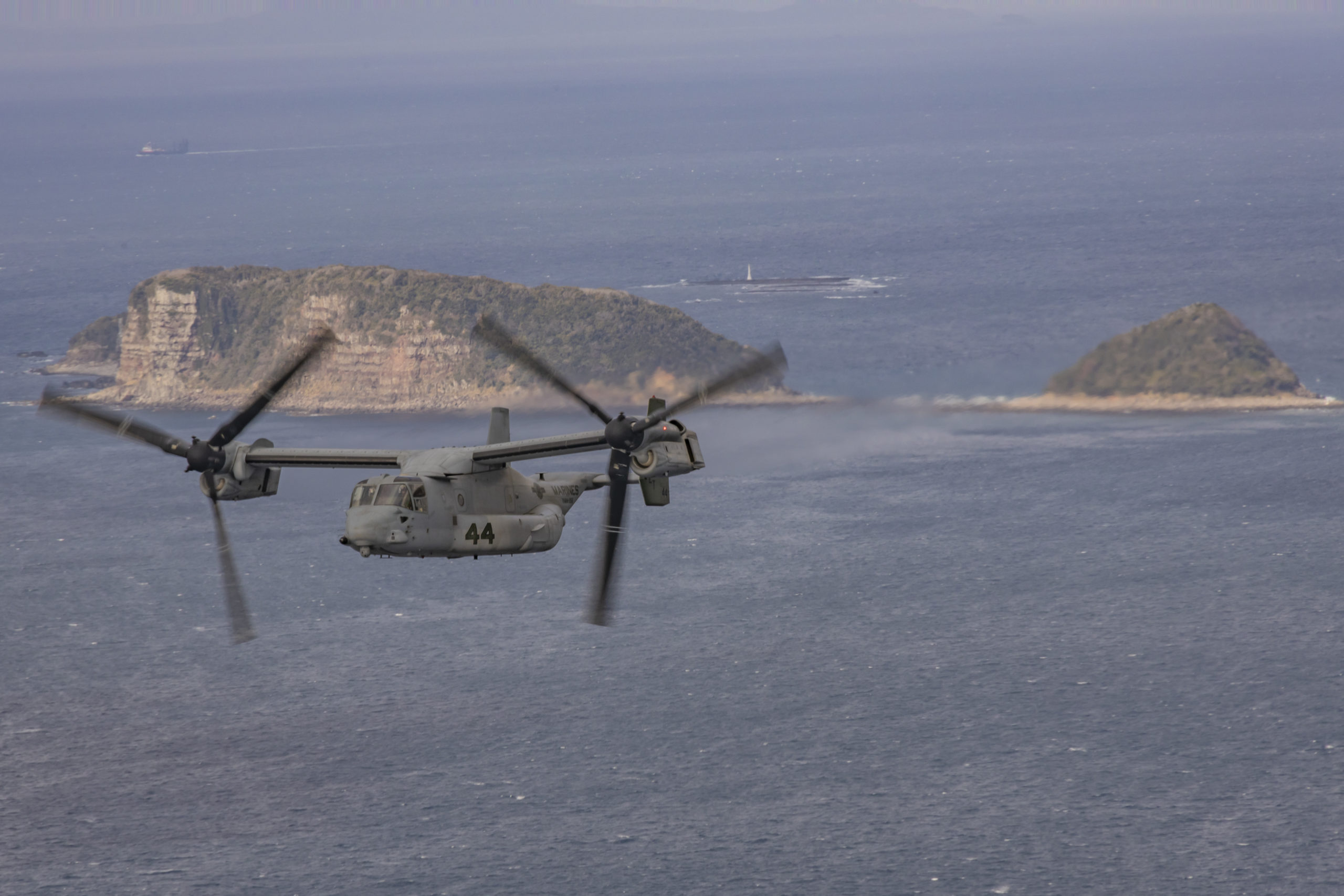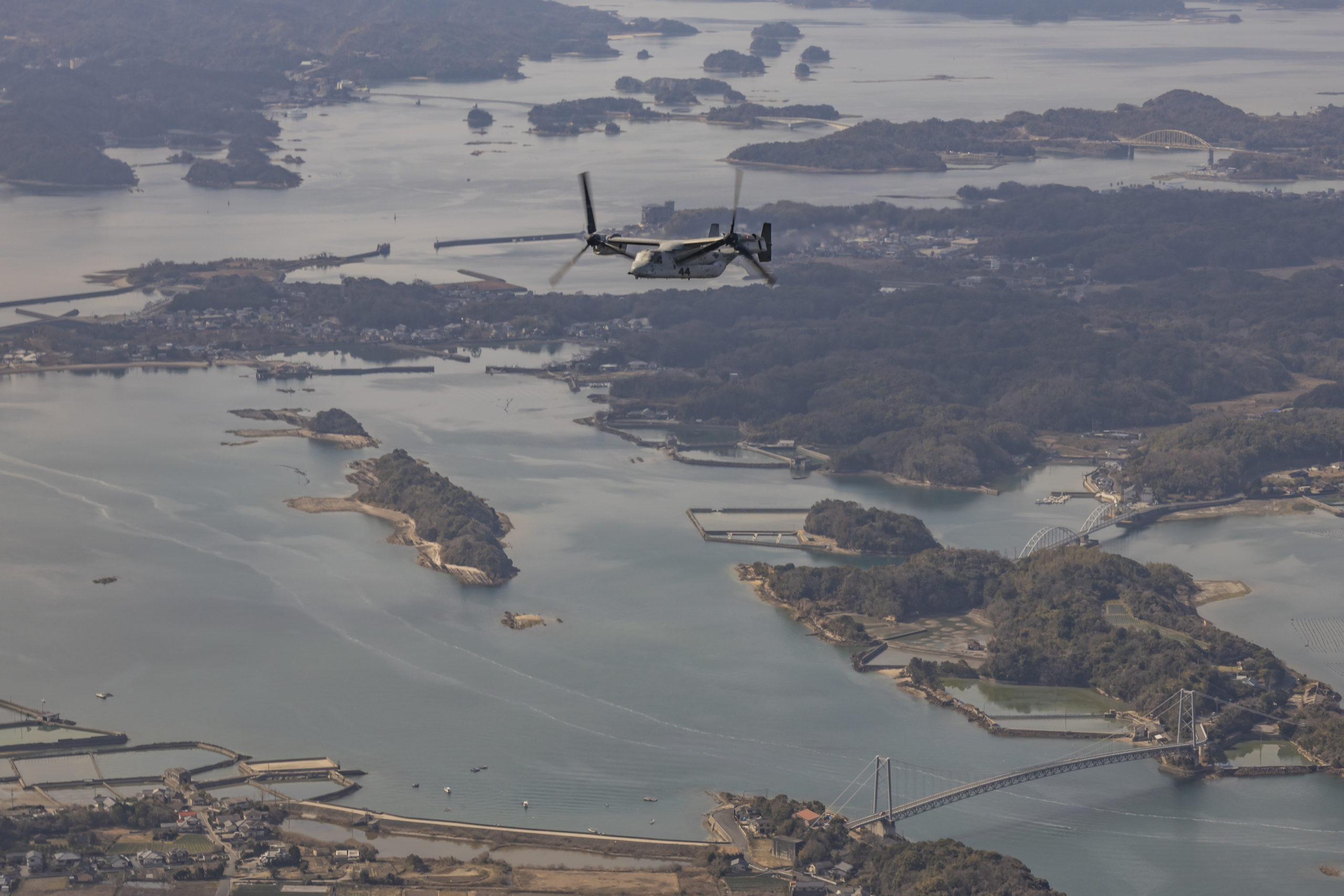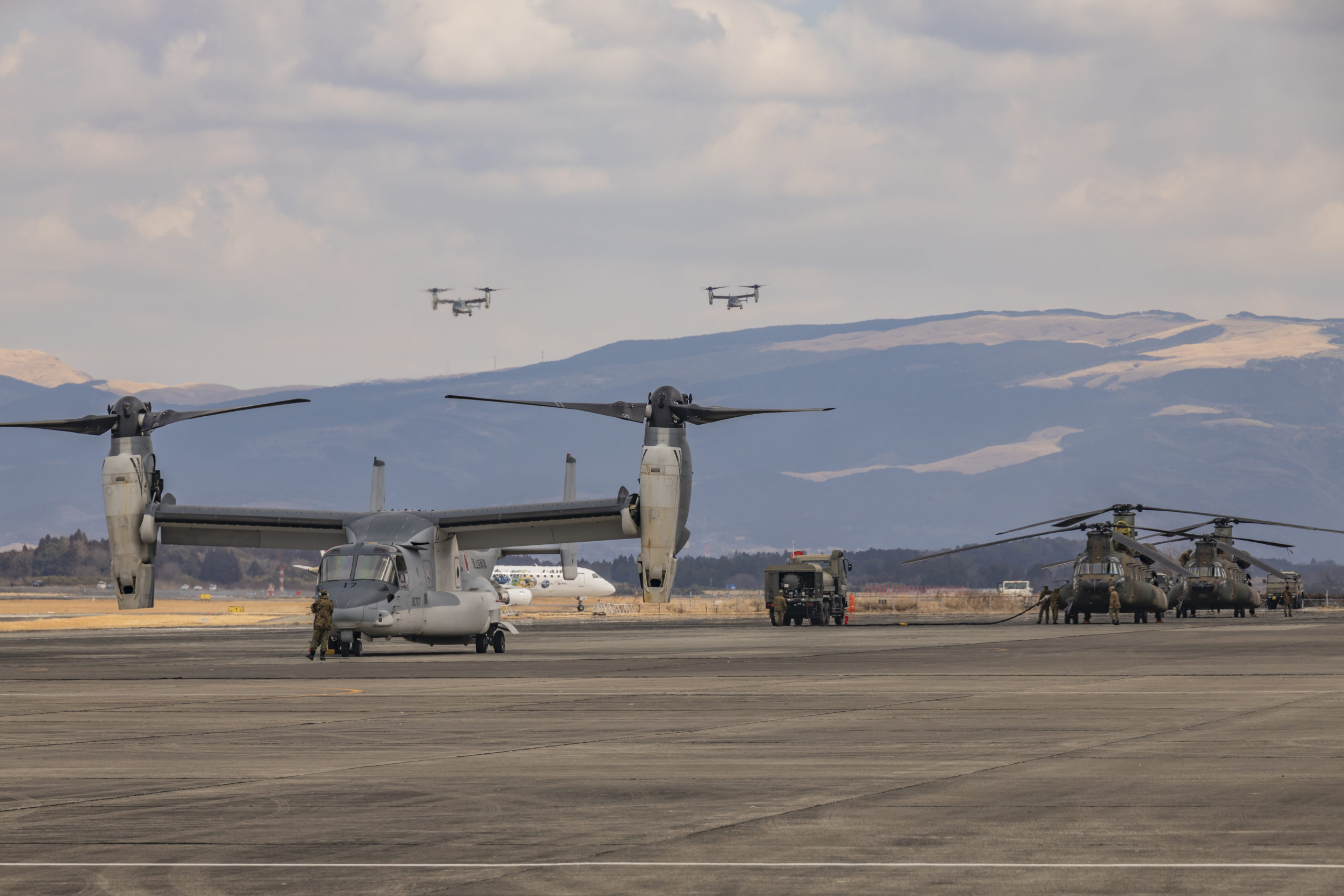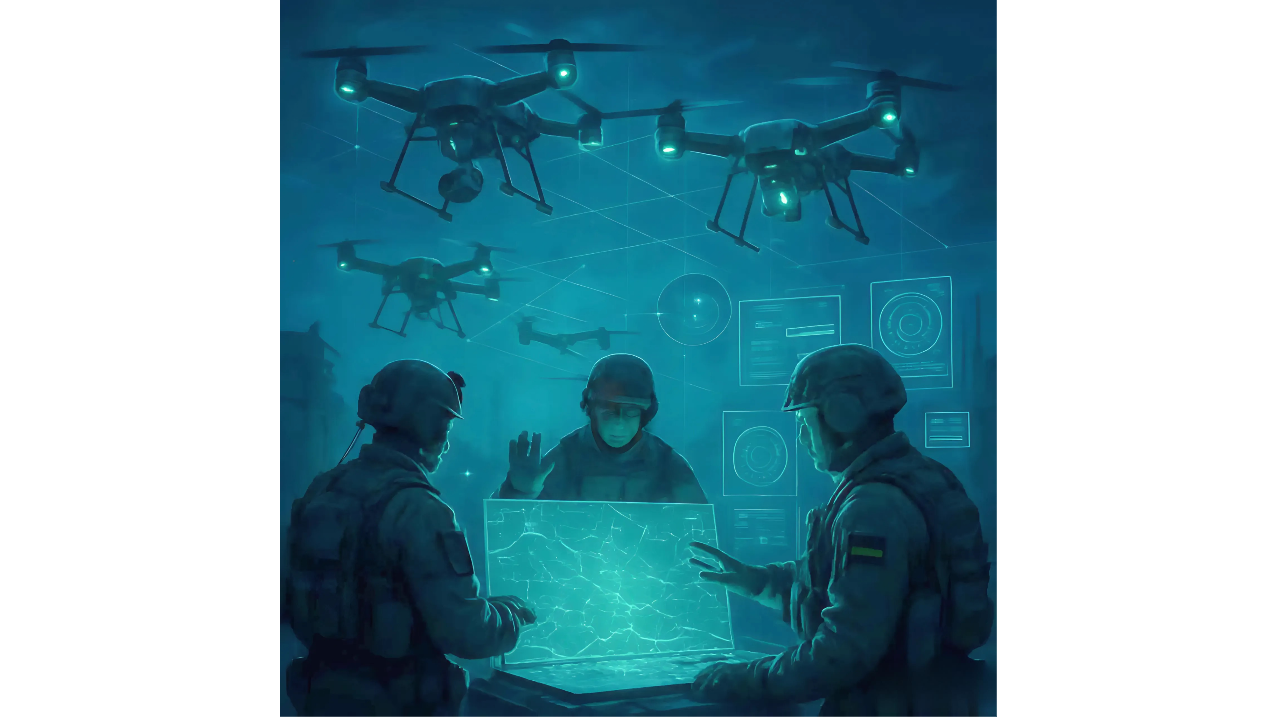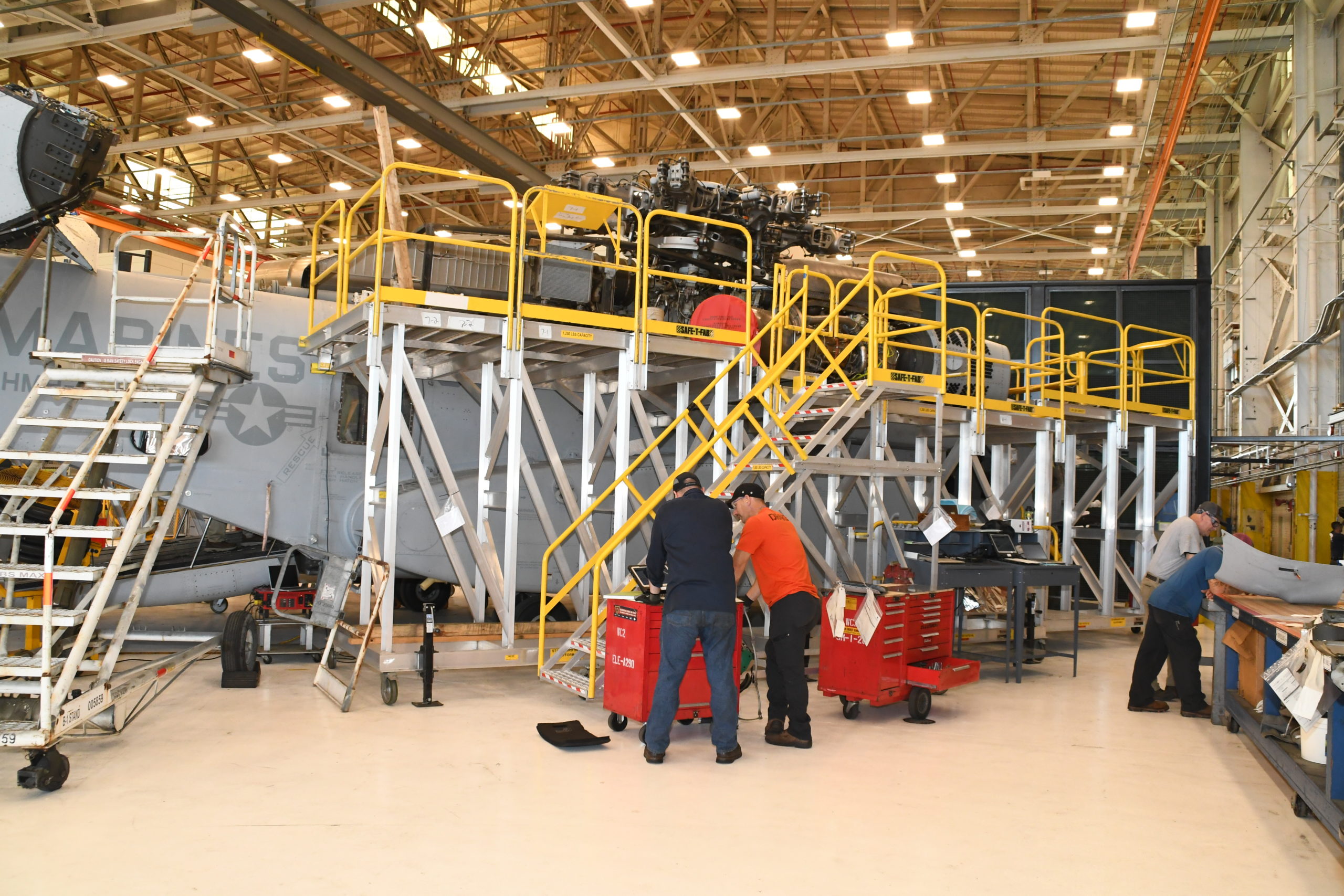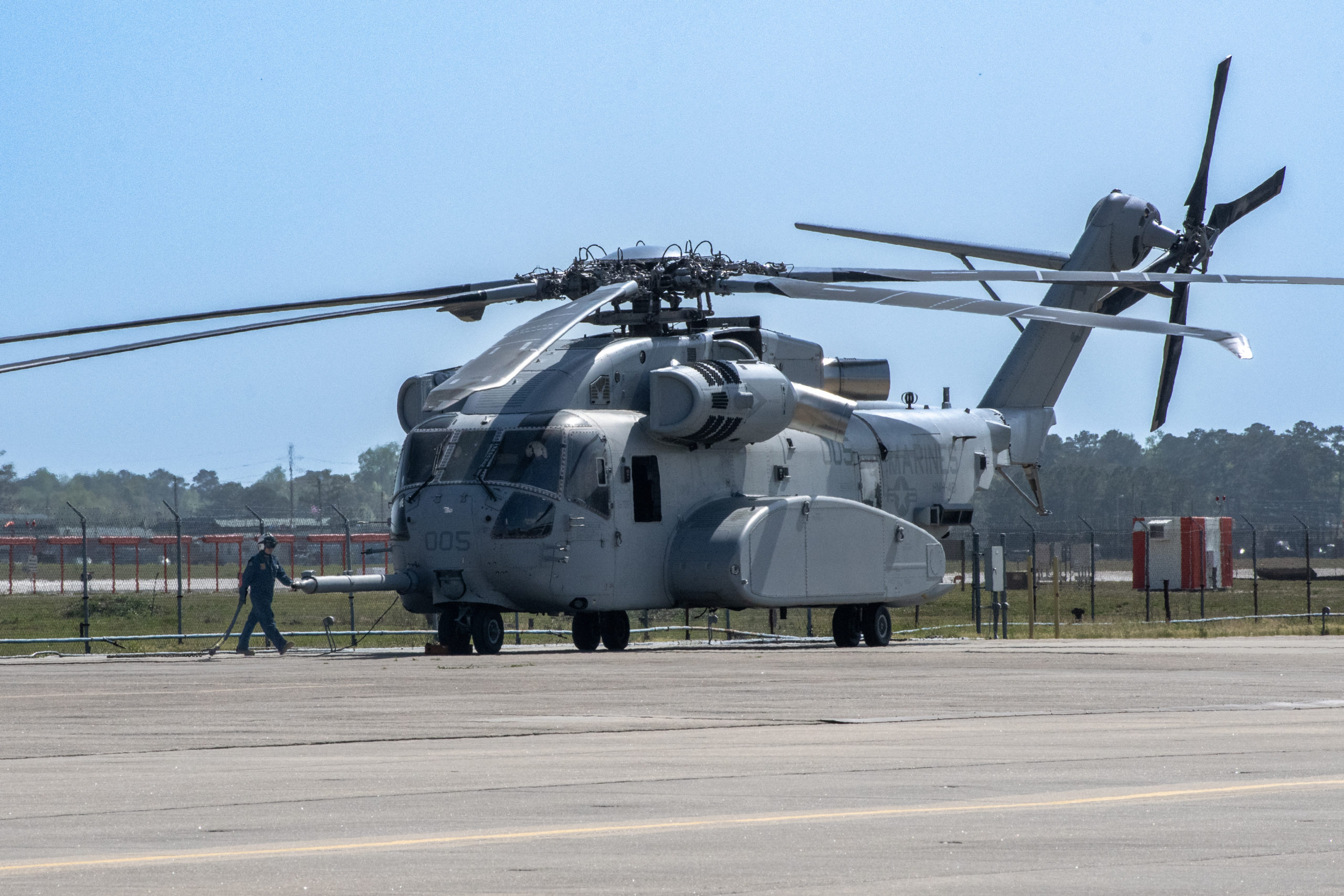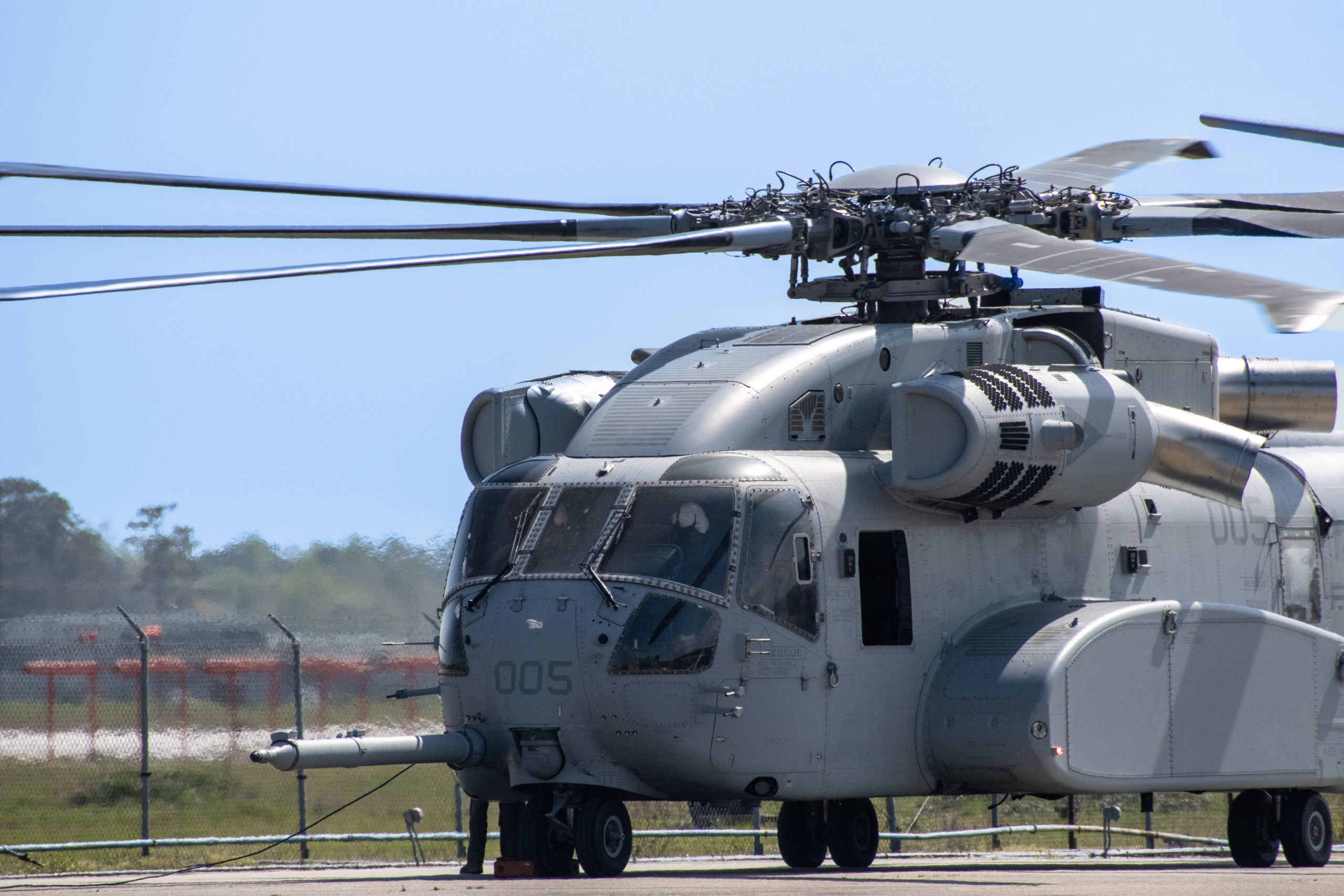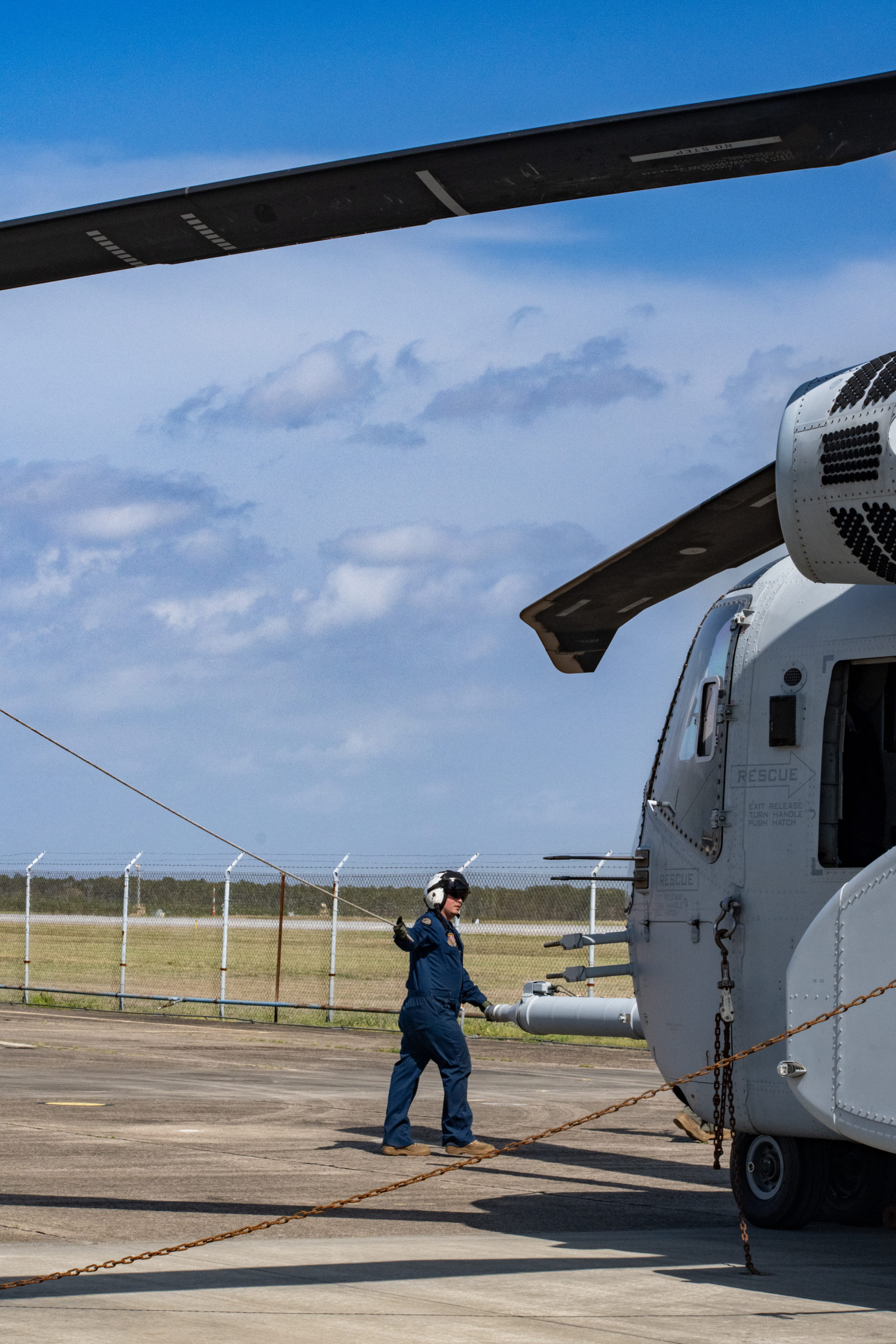By Robbin Laird
I gave one of first public presentations certainly by an outsider in Israel on the F-35 at the annual airpower conference held by the Fischer Institute in Tel Aviv on May 25, 2011.
I gave a presentation on fifth generation aircraft which highlighted how the coming of the F-35 might affect the future development of the Israeli defense force.
The advantage of discussing the F-35 with allies was simply that the aircraft would bring multi-domain combat capabilities to the force prior to that term becoming a dominant part of the current strategic discussion.

Let me say that there was not a gaggle of F-35 advocates running around the United States at the time and I took my cartload of intellectual insults etc at the time for my analysis.
Senator McCain comes to mind as a guy who never got it, but he was hardly alone.
Secretary Gates great contribution of jettisoning the rebuilding of airpower for a world of major power competition has never really been properly addressed.
One can look back to the Commander-in-Chief, President Obama, who did not need that Cold War airplane, the F-22.
I have told the story of those who did show up and build the kind of combat airpower we desperately need in today’s multi-polar authoritarian world notably in my book on my fifth generation journey.
But let me bring back the interview I did in Israel with a former Chief of the Israeli Air Force, the full impact of his insights which we have only just seen in the Iranian operations.
Just contrast this with the Gates-Obama leadership and you can see who understood the reality of airpower in the world we live in, not the world we would like to live in.
The Key to Survival: A Perspective on the Role of Air Power in the Defense of Israel
An Interview with (Retired) General Herzl Bodinger
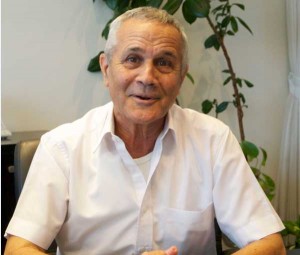 General Bodinger:November 2010
General Bodinger:November 2010
Question: What role has airpower played in the defense of Israel?
General Bodinger: From the beginning, airpower has been essential to the survival of Israel.
We have developed our Air Force at the maximum size that we can have with our resources.
The Air Force needs to cover the whole Middle East, and be able to strike any target that the government of Israel will decide is necessary for the defense of Israel.
The goal is to be able to convince adversaries that you cannot stop us, and you cannot retaliate in the same manner.
We have had total air superiority for a considerable period of time.
But air superiority is not a given.
We live in a dangerous neighborhood with new weapons, missiles and capabilities. T
his provides today’s challenge of air dominance against significant numbers of missiles and defensive systems, primarily not delivered from aircraft.
Ensuring air dominance against a polyvalent threat is crucial to the defense of Israel.
Question: The new approach to take away air dominance is to augment defenses and to proliferate missiles?
General Bodinger: Yes.
The effort is to provide new capabilities against our aircraft and to do so by using various means including, ground-to-air missiles of different kinds. And against the ability of Israel to retaliate, and to attack this very small country, a country with no strategic depth. Our adversaries are relying on the proliferation of missiles, both surface-to-air and the ground-to-ground to prevail.
Question: So how do you respond to this new threat environment?
General Bodinger: You can simply upgrade existing systems to deal with the new threats. There are some gaps that you can’t overcome just by making a small minor change done either by changing the tactics or simply upgrading the aircraft. There comes a time that you have to make a leap forward in combat capability which we plan to do with the F-35.
Comment: Your point is that you need to introduce a different type of combat system to deal with the new threat environment.
General Bodinger: A different kind.
Now, you know that we went to robotic systems or UAVs of various kinds. We were the first to use them in numbers in 1982. So this was one solution.
And this is also a solution for staying over the battlefield for a long time.
I call it a satellite in the atmosphere.
Comment: It gives you persistence.
General Bodinger: Yes, it stays there for hours, and provides information, and sometimes can attack.
But it’s a robot with the limitations of a robot. You need to shape the correct mix between manned and unmanned aircraft, which is an evolutionary process.
But you clearly need to deal with the threat from the defensive systems for both the manned and unmanned systems.
You need the ability to overcome all these threats, which are being developed against it, like the S-300 and S-400.
Question: So you need to craft effective capability to deal with the new defensive systems and missile proliferation, which threaten both manned and unmanned systems?
General Bodinger: Correct.
So, the correct way to go, which we watched very carefully, was what the F-117 introduced at first.
The idea of low observable and low radar cross section, and it really looks a newer way to go. Of course, with all the avionics that come with it, at first all these machines are very expensive.
But to keep buying the old aircraft simply creates targets for the new defensive systems and is a much more expensive approach. For us airpower is a spearhead force, which can be used as an icebreaker. It will open the way for the rest of the aircraft to come.
For us, this will be the F-35.
Because it can lead the way, and it can reach the targets.
It can fly over any point over the Middle East, and strike any target. I just want to finish this and say that the surface-to-surface missiles also are a big problem here.
Maybe other places less.
Because of the range and because of the size of the country. We don’t have strategic depth. So, we have to bear in mind that all our assets are at risks from missiles.
Whether it’s the military assets or it’s the civilian assets.
From electric power stations, airports, and refineries and factories, and airbases, the entire infrastructure can be held at risk.
Question: And your point is that offensive and defensive systems need to be available to Israel to deal with the new threat environment?
General Bodinger: Clearly you can take some points of interest, and maybe defend them better.
And if worse comes to worse, and there is such a bombardment, so the civilians, you can put to shelters and you can even evacuate for a period of time.
We don’t know what our adversaries will do.
What we’ve seen from 1991, they bombed two towns, two big cities in Israel. Forty missiles, twenty on each. And about one to two a day. So, it shows the ability to inflict a lot of damage. You are not simply going sit back and take strikes.
You have to defend your offensive assets so that you can strike back. We can put aside the defense against surface-to-surface, there are different means and layers, there’s a whole theory here in development of weapons. But we need time to get better results and better integration. And our defense forces always have to think like that. And we have to prepare for the worst; defense spending is like insurance. How much you invest in insurance, is the value of the assets that you want to insure.
And the probability they will be damaged. So this time, the asset is a country.
So, it’s invaluable.
And the probability that it will be damaged is not low enough.
So we have to invest wherever we have to invest.
Even if at the end at the day, maybe we have seen the dark side of the cloud, and we’re pessimistic, one could say, and nothing happened.
No alarm and disagreements, and everything is flourishing; it’s like Europe here.
So, we hope for that, but hopes are not a plan of work.
Comment: But what we do know on the defense technology side is the defense is getting better; the missile technology is getting better. So all of that could be bundled into different threat environments that could be very, very difficult if you cannot manage the battle space.
General Bodinger: That’s why we need the new aircraft.
One would say we need better tanks; we need better everything.
But when we talk about the ranges, and the value of air power not as a partner of the ground forces, but as a lead. So, here now we are coming to the F-35.
As I look back in the development of the Israeli air force certain aircraft gave us an opportunity to make a leap forward, and the F-35 fits into that tradition.
Looking back one quality leap was provided by the Mirage, the other by the F-15.
I remind people that in the late 50’s and the beginning of the 60’s, there were arguments here in the government level and the military, and also in the Air Force whether or not we needed the Mirage. Maybe we can take the aircraft that we have, we had all fresh stuff. We can upgrade them.
That was the idea.
Really, many officers and pilots in the Air Force supported this. We can do with upgrades, you carry the advanced weapons, and you’re better off.
Why do we need to spend a lot of money with something, which could be a little better?
But the problem with those who cannot envision the future is that they can not understand the leap which a new platform can provide.
It’s another kind of aircraft; another kind of capability.
The Mirage was the first revolution in the early Air Force.
The second time such a thing happened, we had Phantoms, we had Sky Hawks, we converted to American machines, it was very good, but the F-15 brought a breath of fresh air.
The whole way we started to fight, we got the first aircraft that we received were in 1977, four prototypes of F-15s. We bought them from the test aircraft; they were fit to make some changes to become operational. And we got those.
This was a revolution in the Air Force.
The whole way of flying changed after the first four aircrafts came here.
Of course, when they were multiplied and then came the F-16, it became the Air Force as it is today. But the first aircraft that arrived already made the change.
And we didn’t expect that this would be the change. And so, when you ask me about the F-35, I know the qualities of the aircraft.
I know the value of low radar constriction, the fact that you have the communication network, the missiles and weapons that you can hold inside, and whatever you can reach. And I know the qualities of the aircraft, but I am sure that the minute the aircraft will actually be used; again, I know that there will be a big dramatic change.
Comment: No one has ever flown a 360-degree aircraft with combat systems, which allow it to manage that space. We have written on the website about the cultural change associated with the new aircraft. We’ve talked to many test pilots of this aircraft. And the notion of a 360-degree aircraft, with the kind of combat system integration, which the aircraft has, will create pressure for a culture change.
General Bodinger: You can understand it only if you experience it. And it is very difficult to transmit it to somebody who’s never flown the aircraft. And I’m sure that this will not be a small leap, again, it will be a dramatic change.
Comment: Similar to your F-15 kind of experience.
General Bodinger: Yes. I was lucky to put in place the first pilots in the country who flew F-15s. And I’m sure that this will be what will happen. And I know that there will be a big development, but you cannot even imagine what it will be. When it will come, we will know. And it will lift the whole Air Force to another level.
Comment: I think at the heart of the issue from my point of view is sortie generation rate. Your ability to turn an aircraft around quickly to go back into combat.
General Bodinger: Now, you’re coming back to the defense against surface-to-surface missiles. We have to retain our ability to take off. But let me go back to discuss the robots which I consider to be satellites in the atmosphere. I think that wherever you can send a robot, instead of a person, you should prefer a robot.
Where can you do it? When the targets are static targets, the headquarters of something, any installation that you wish or asset to bring down is ideal for a robot.
That is an important for the war, strategically or tactically.
And you know where it is, and it is located there, and this is what you have to do.
And all those cases, I think it’s a waste to send a person, because you can do the punch, whatever you wish, it will go and will kill the target and come back.
And if it doesn’t come back, you send another one. So this is a robot.
All the other cases that you have need to have a human mind on the battlefield to decide, because you don’t want to kill people who are not involved, how the targets have moved to another location, you need to decide on the spot.
Or suddenly, you want to make another priority, and you have the authority to do it, because that shift in targets is necessary to success.
Comment: That’s a really crucial issue, reprioritization in a fluid environment.
General Bodinger: So then, you have to have a person on board.
Now, it could be, I’m looking at one step forward, we didn’t do it yet. You could do it in an F-35, two or three or four. Lead a herd of those machines — the robots — and give them missions on the spot. Especially when adversaries start to become very accurate because of GPS or any other means via there missiles, we will need dominance in the decision making cycle to prevail.
We look to the F-35 to be key to that process.
And as we develop the combat capability, we may eliminate many robots; you don’t even need a UAV, why do you need a platform to carry your weapon? Launch the weapon. Like the tomahawk, but this will be different tomahawks.
Operation Rising Lion Marks Unprecedented Use of Stealth Technology Against Iranian Targets



